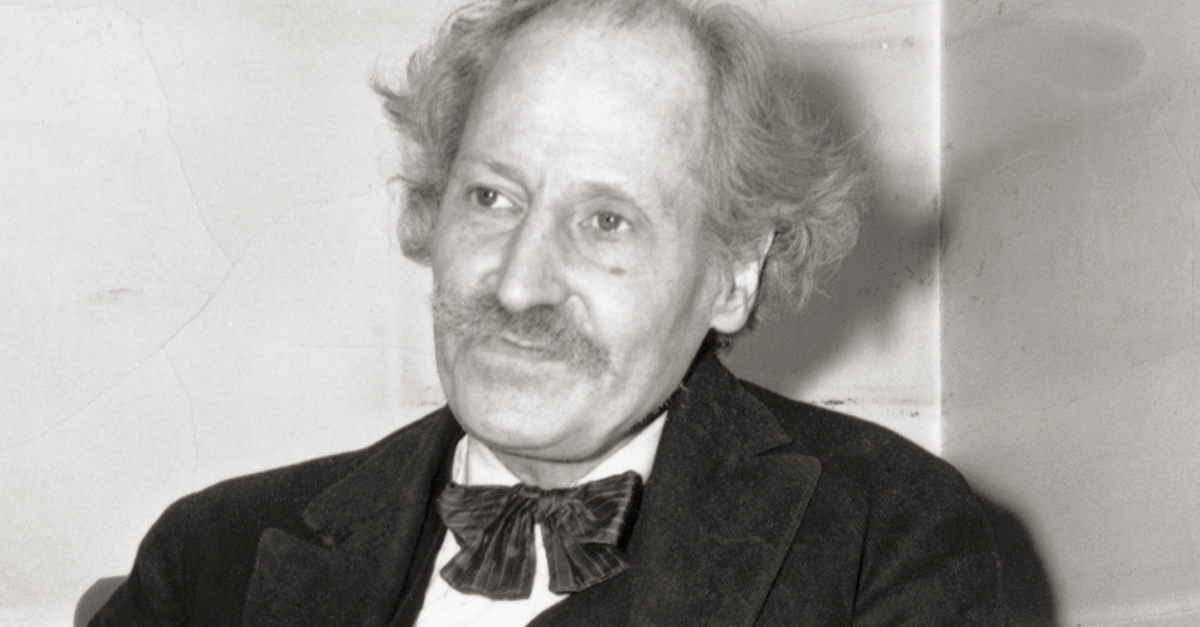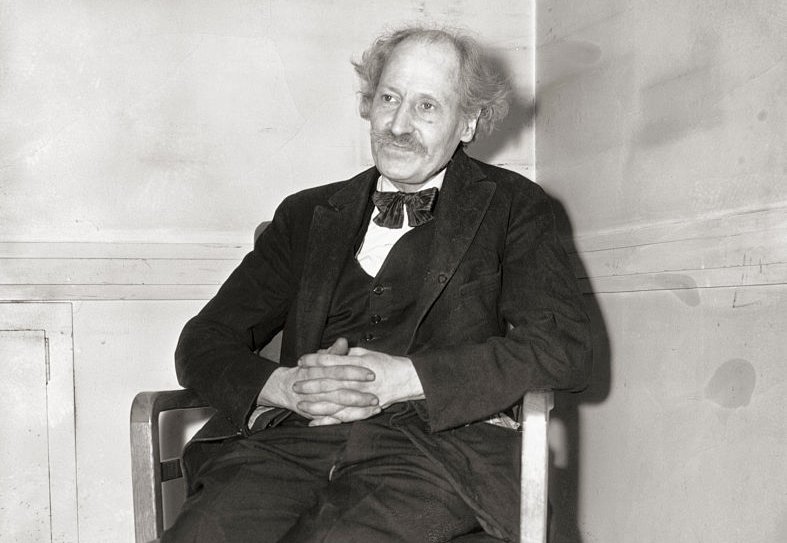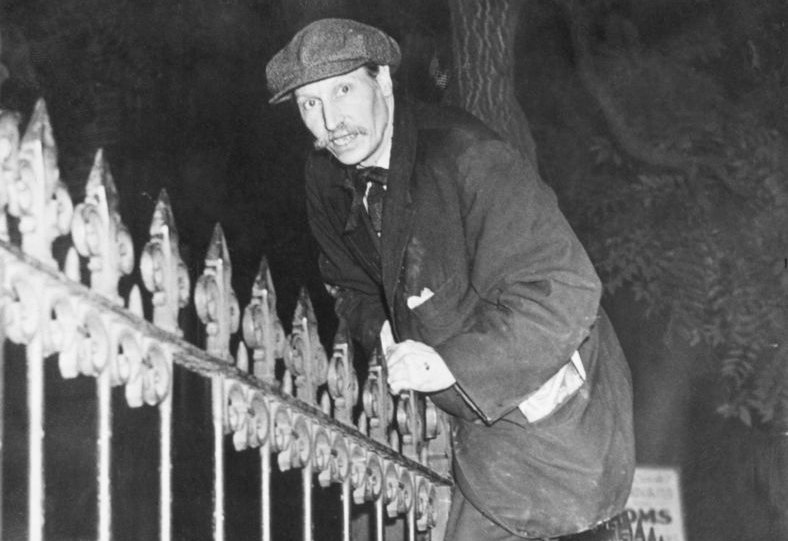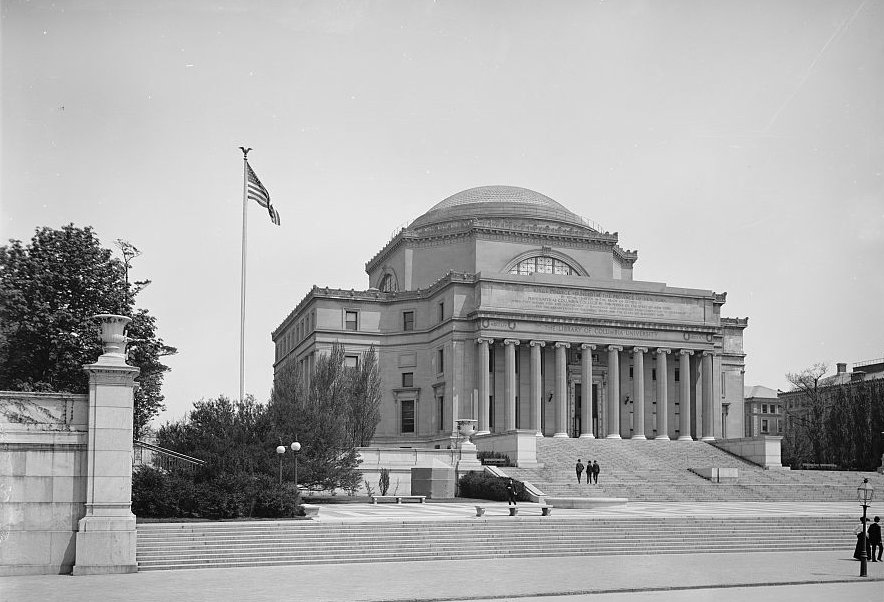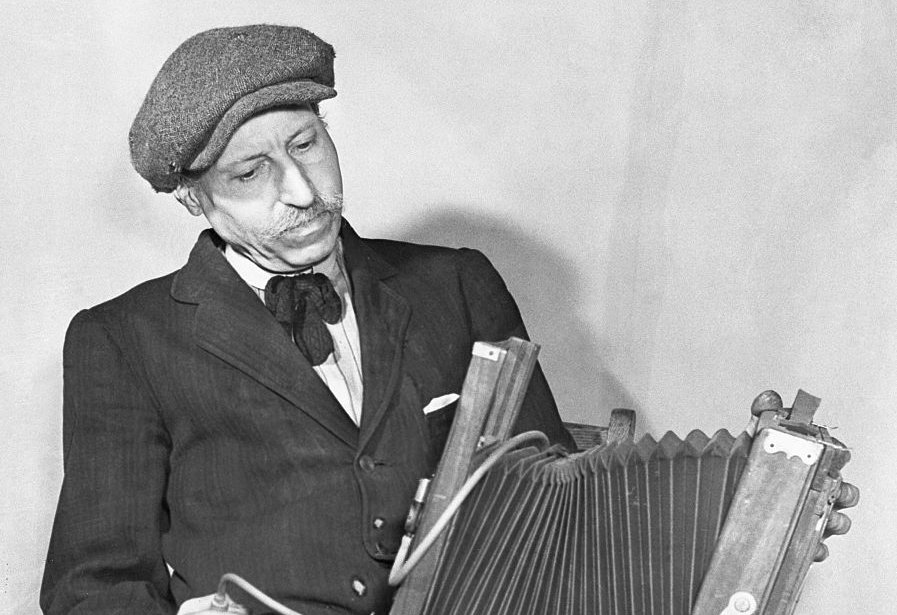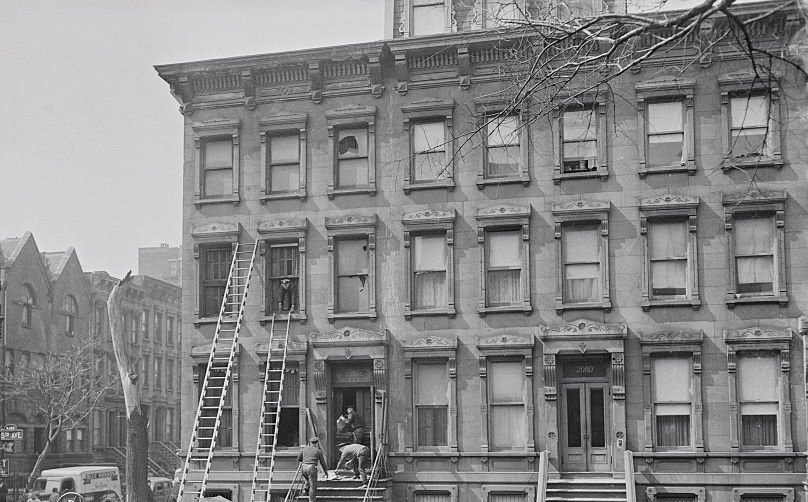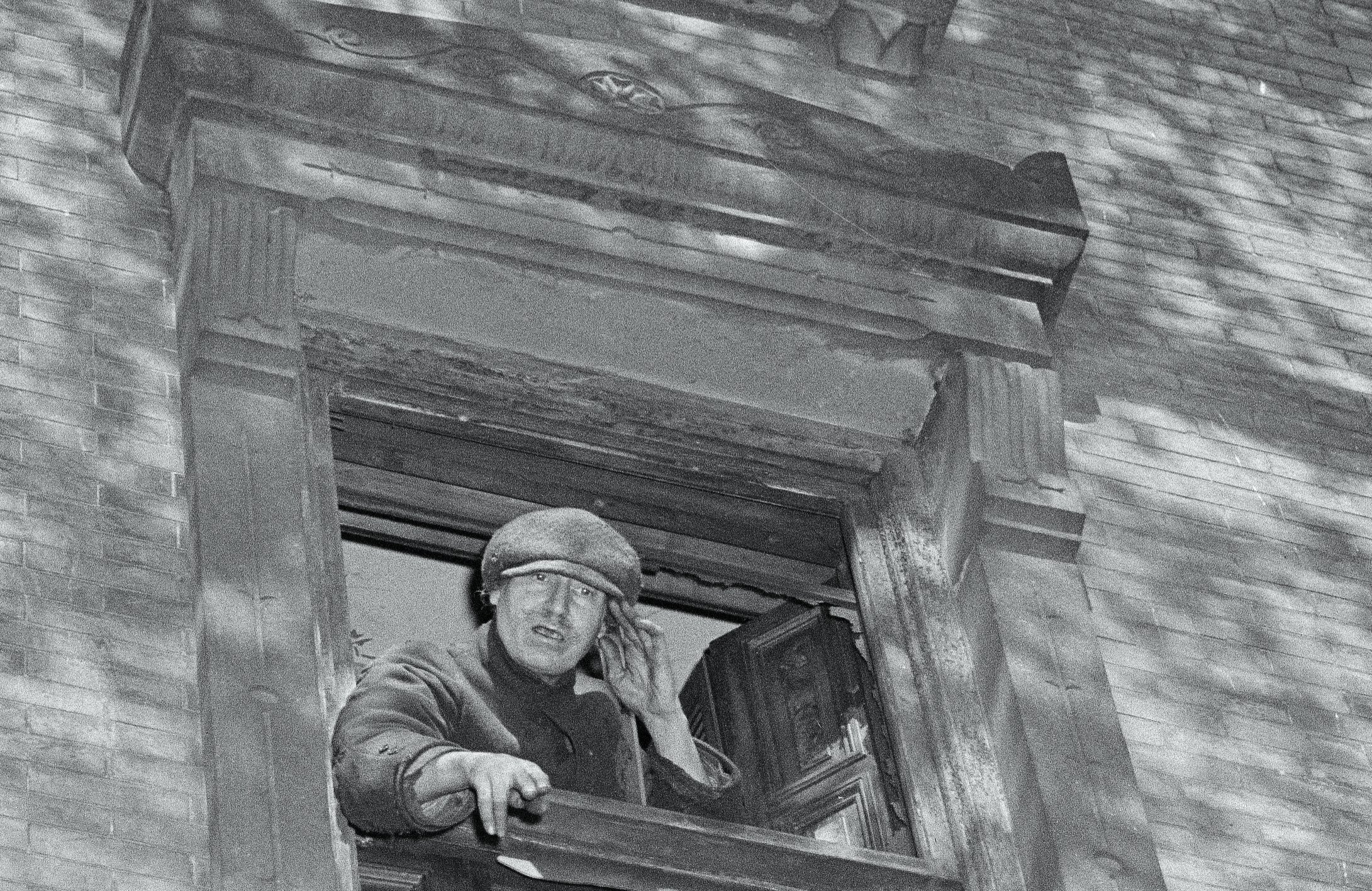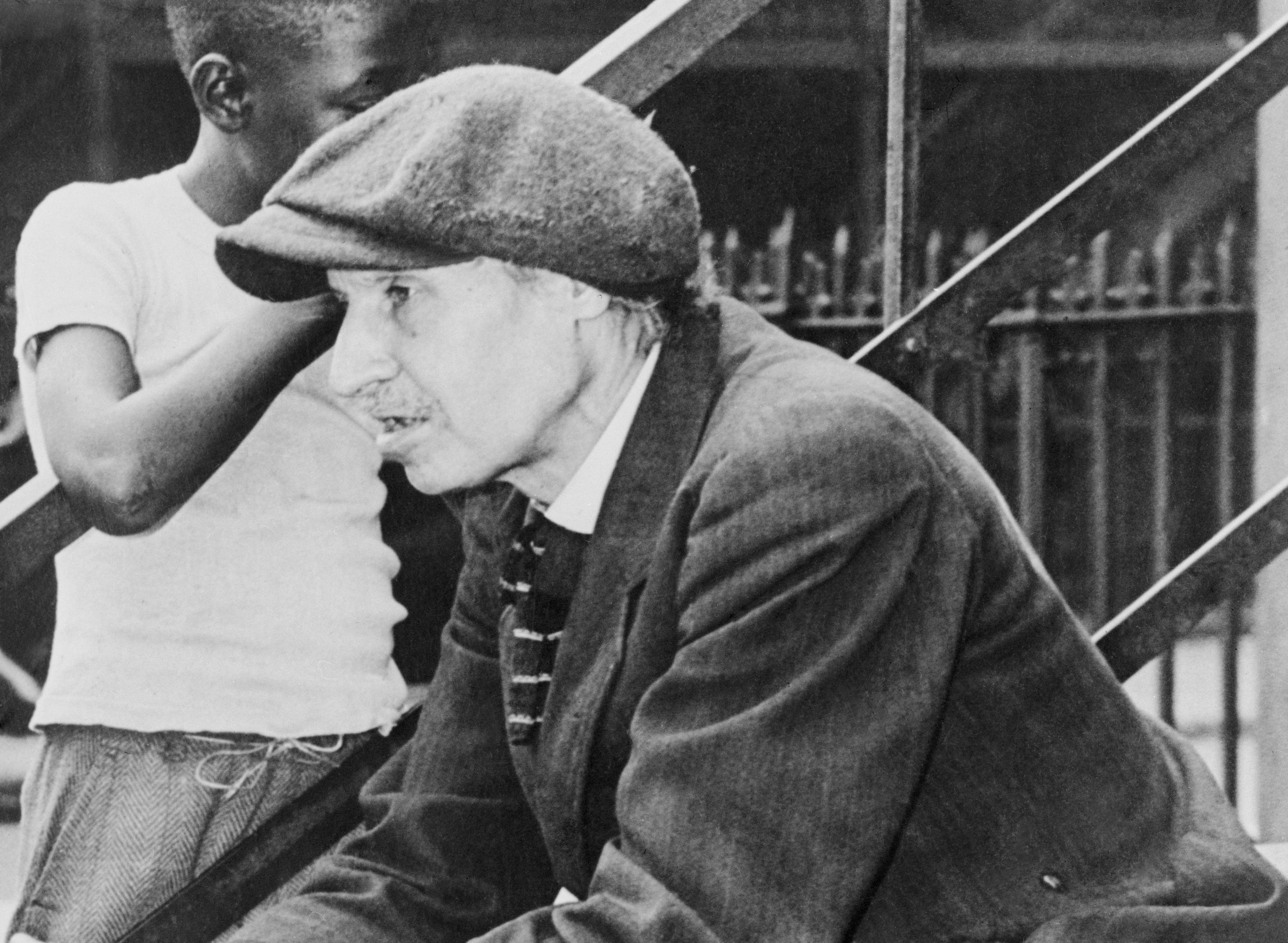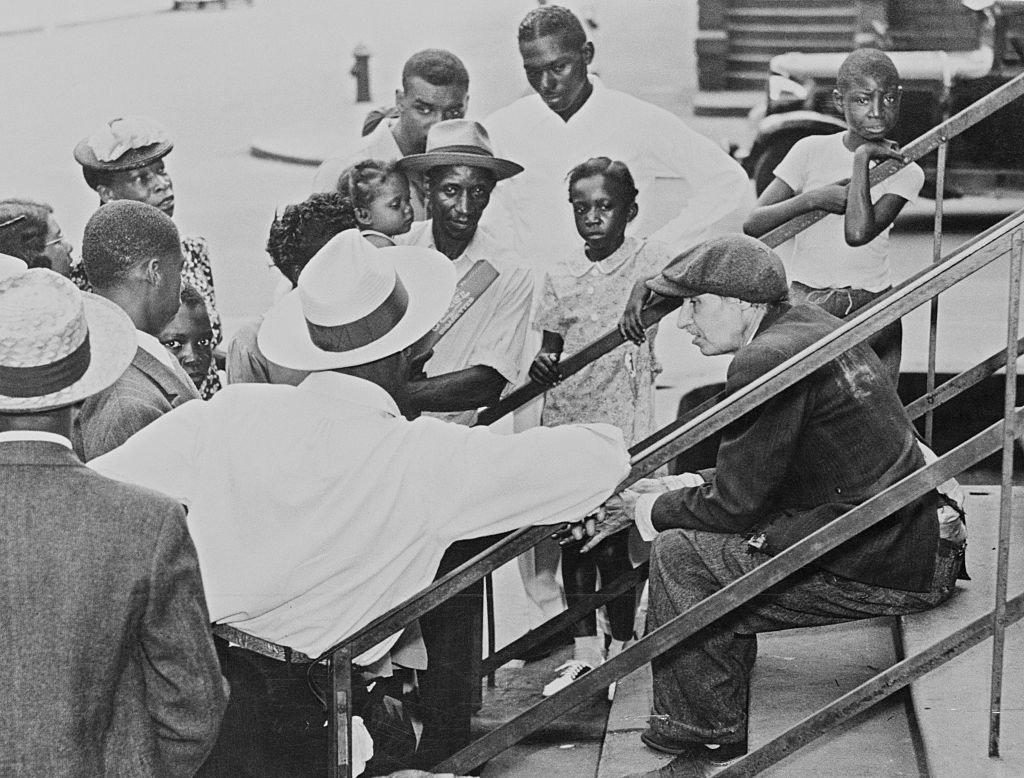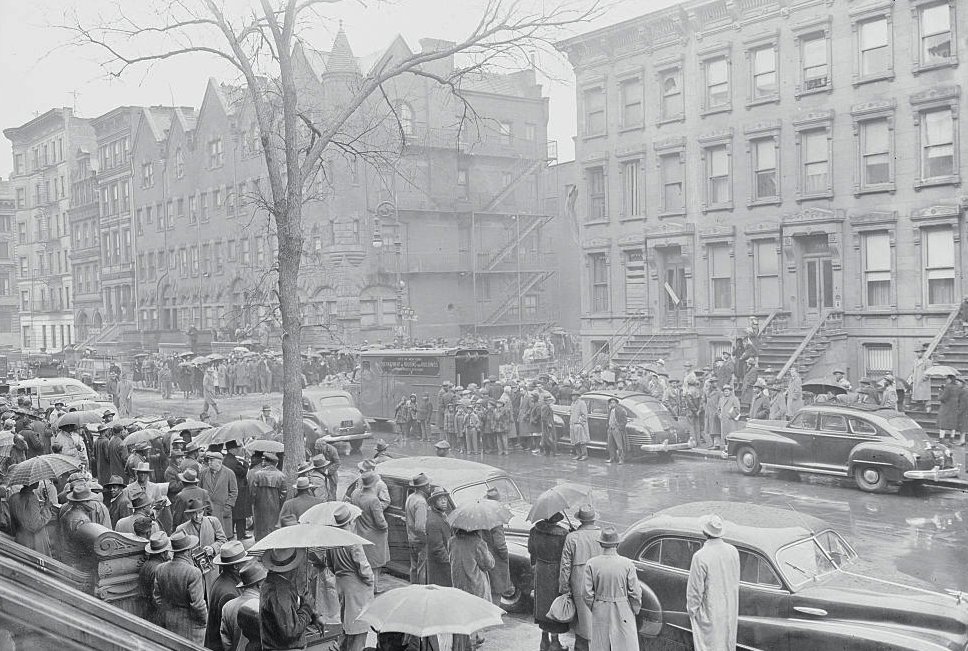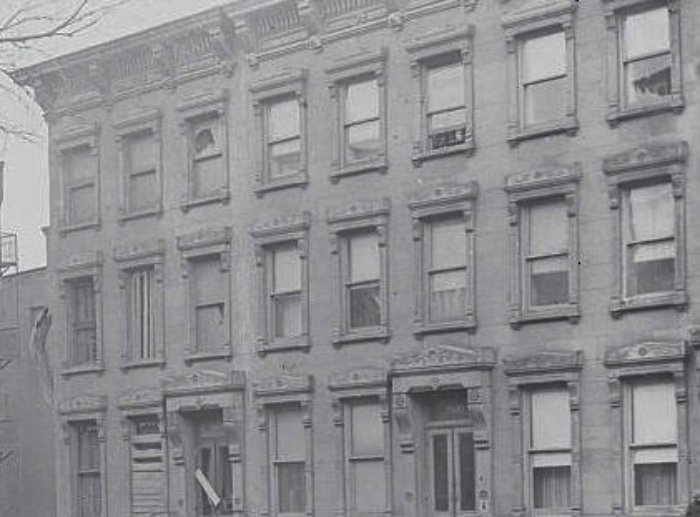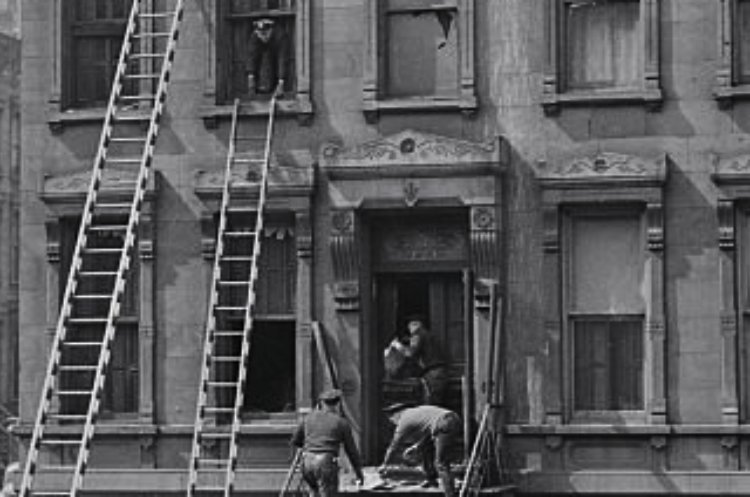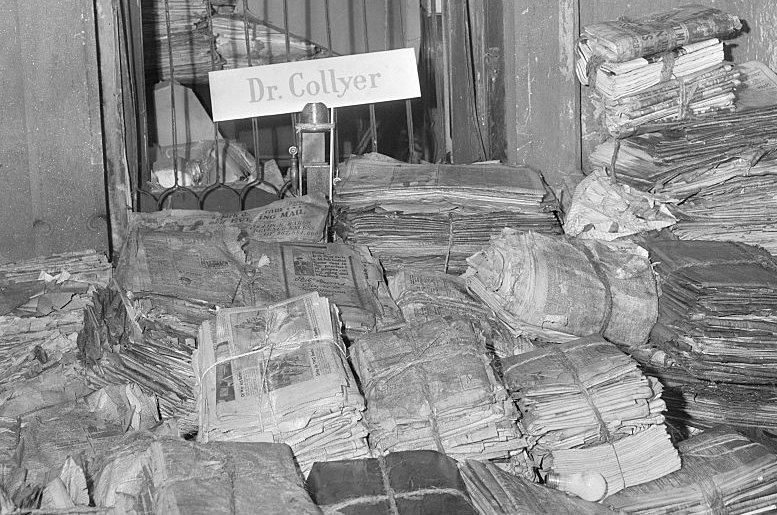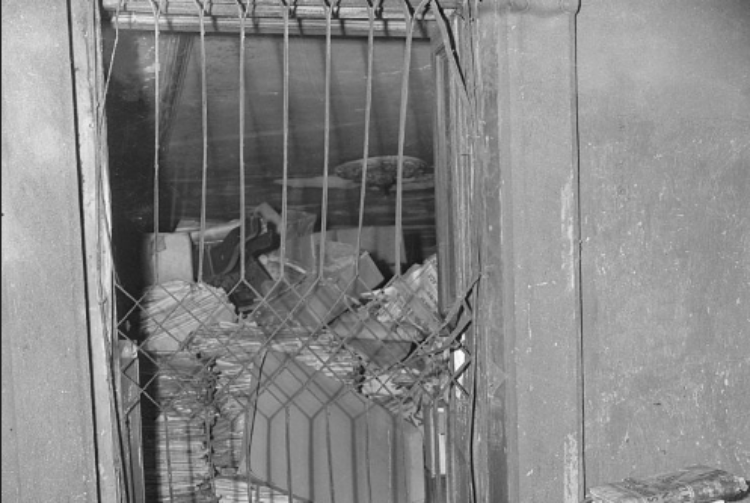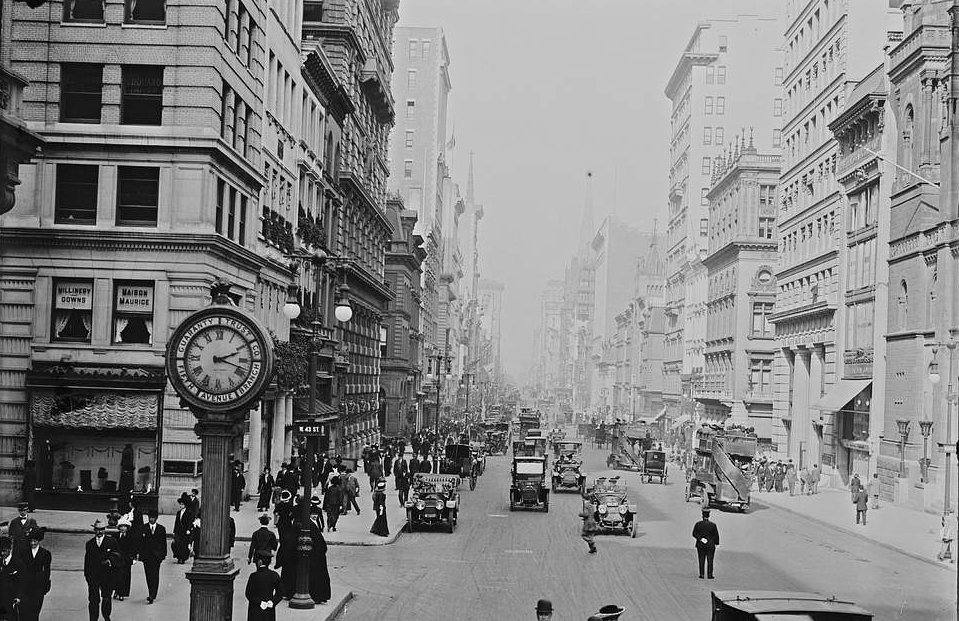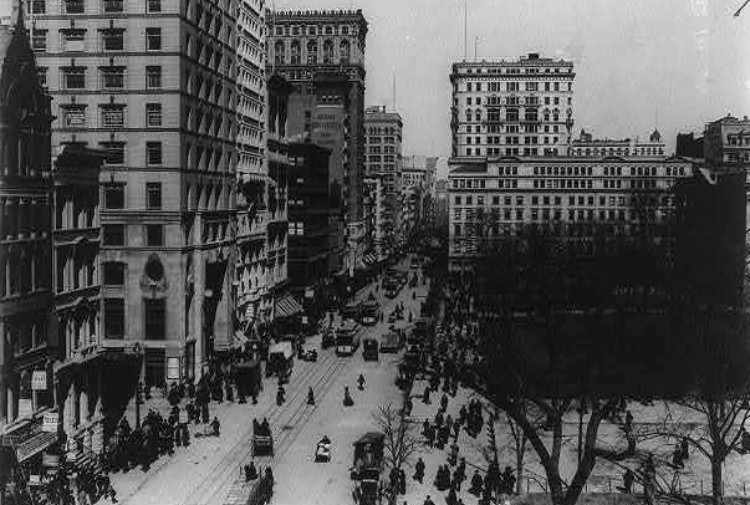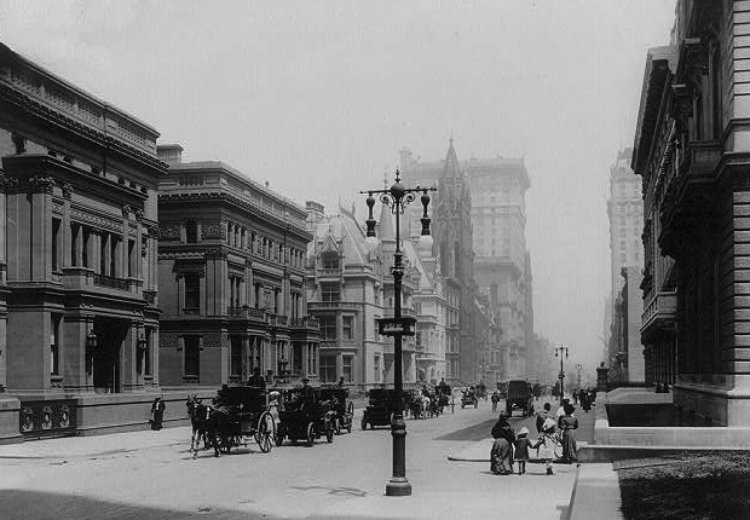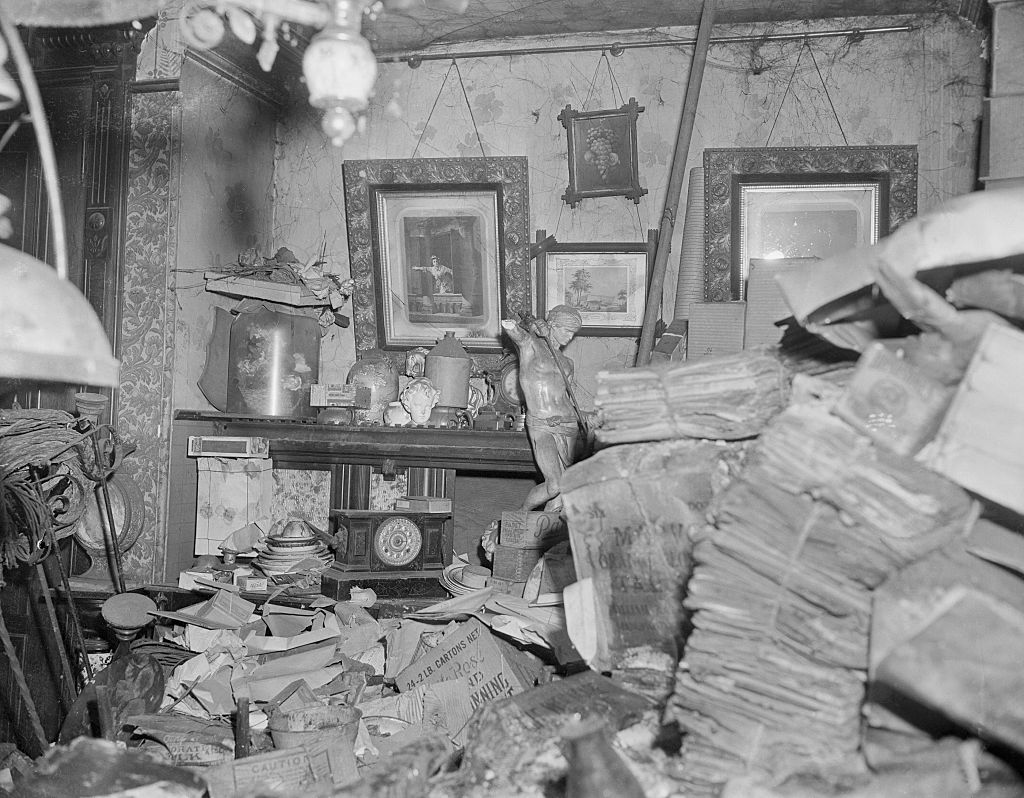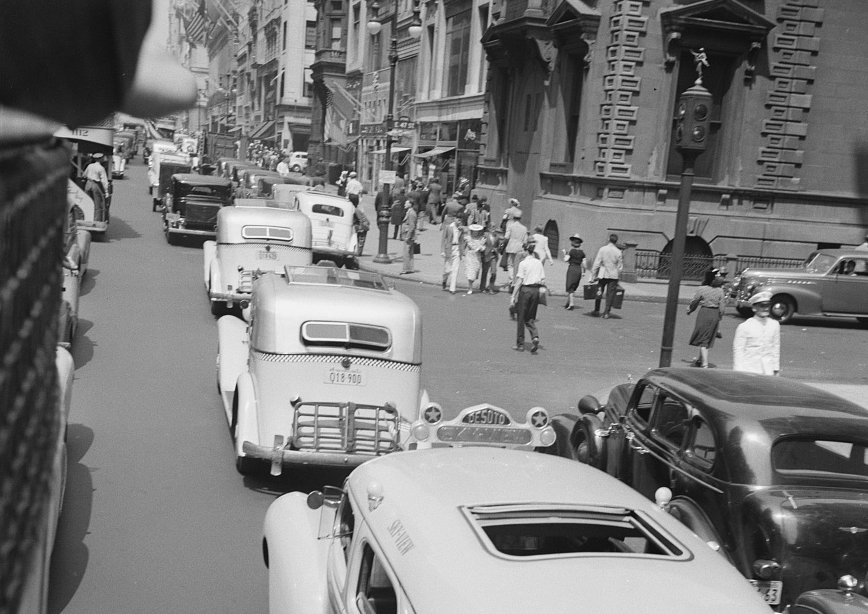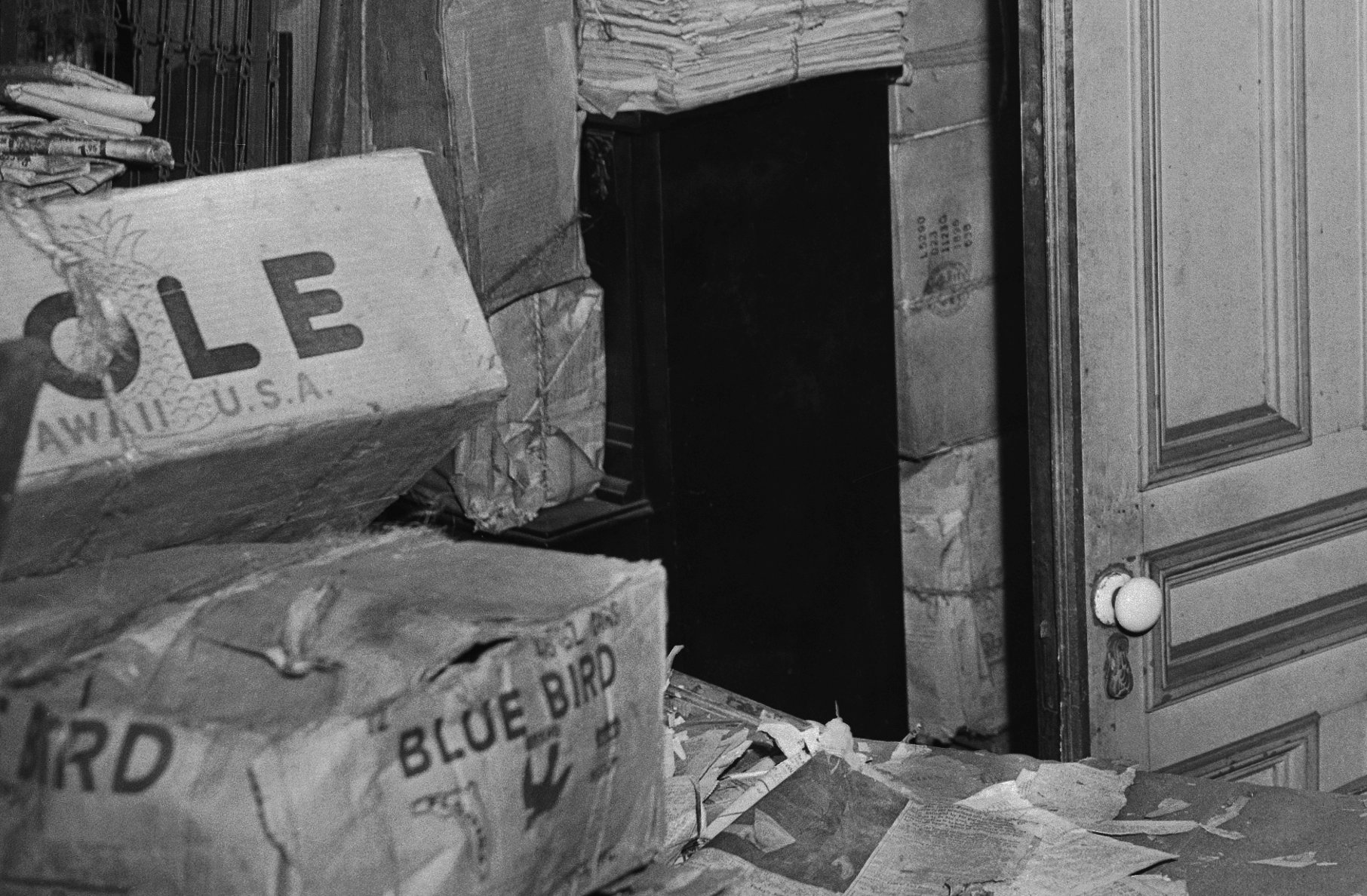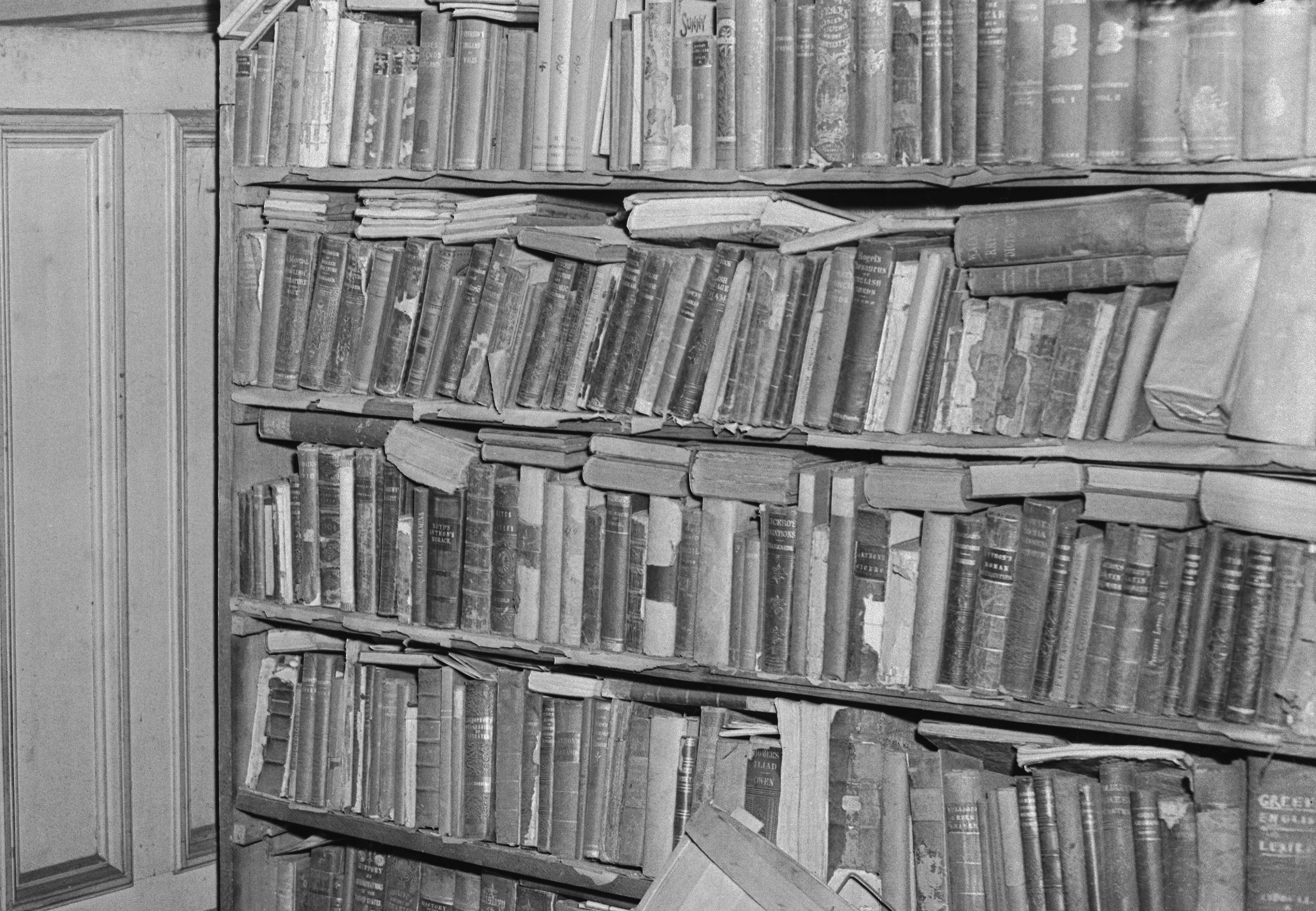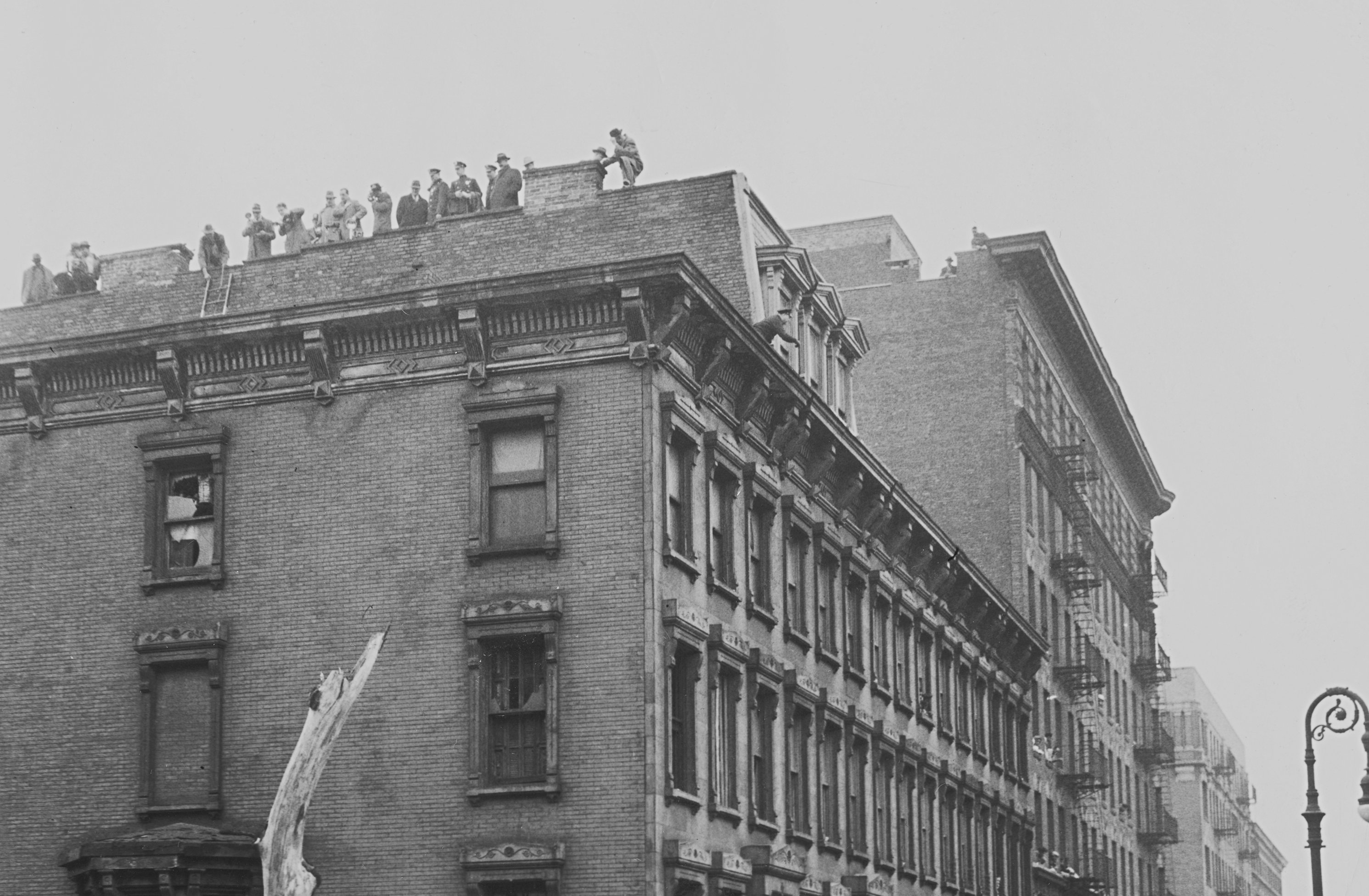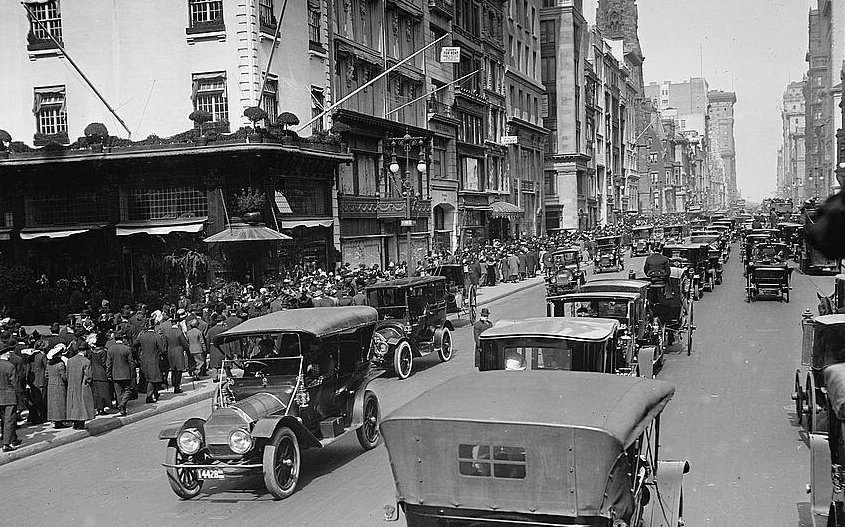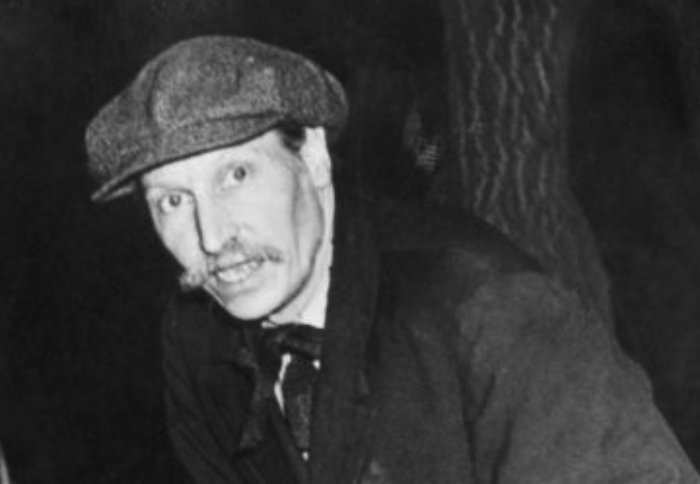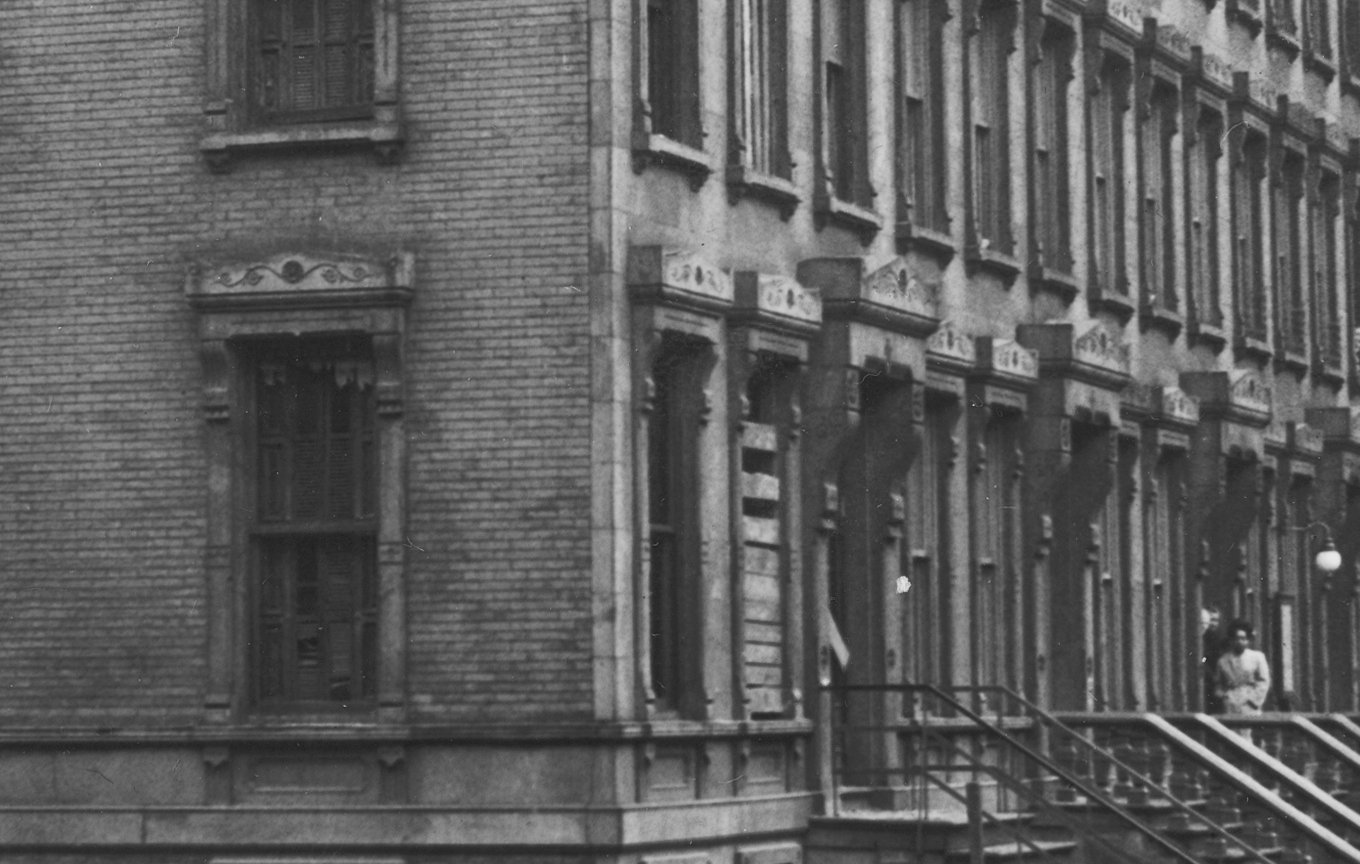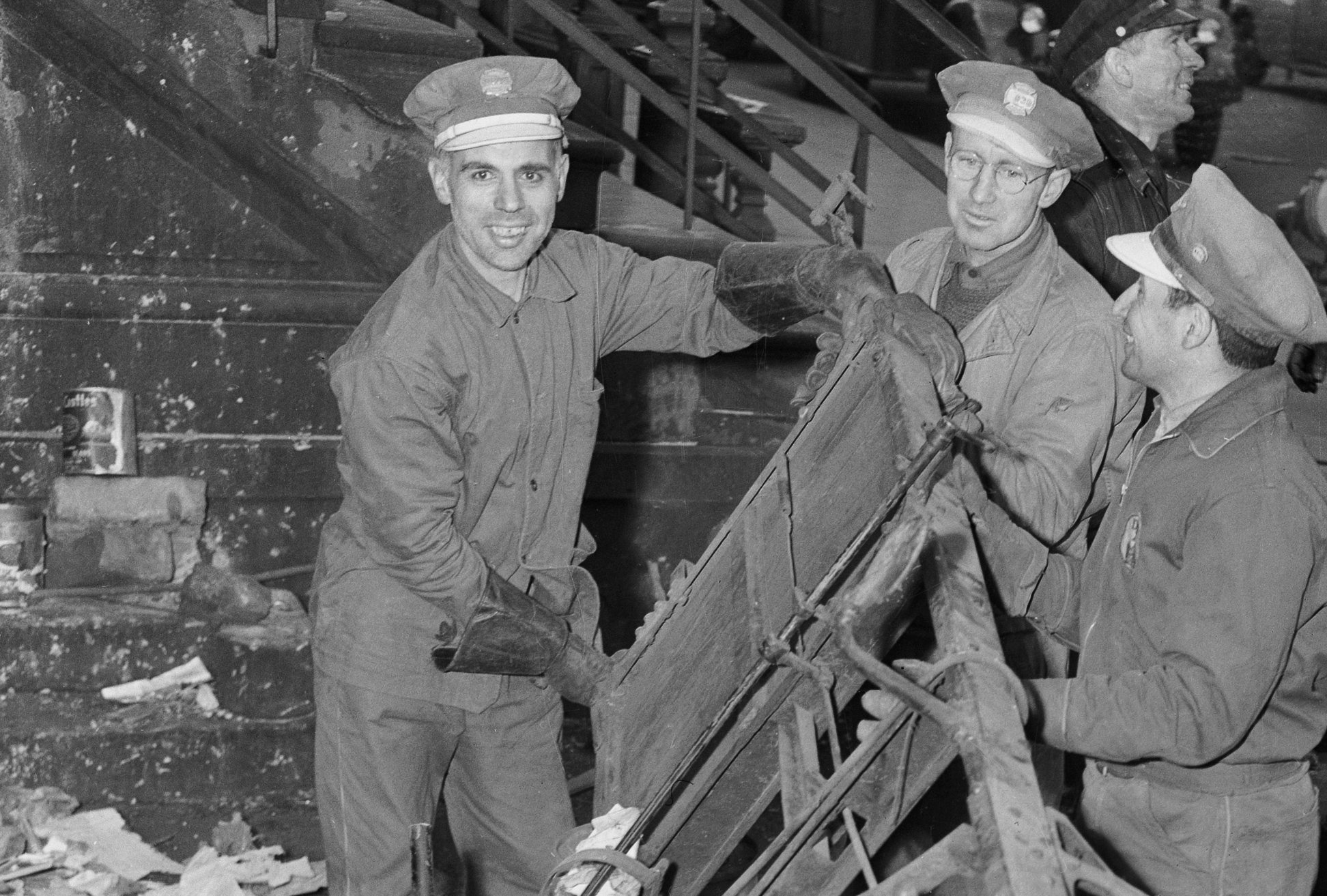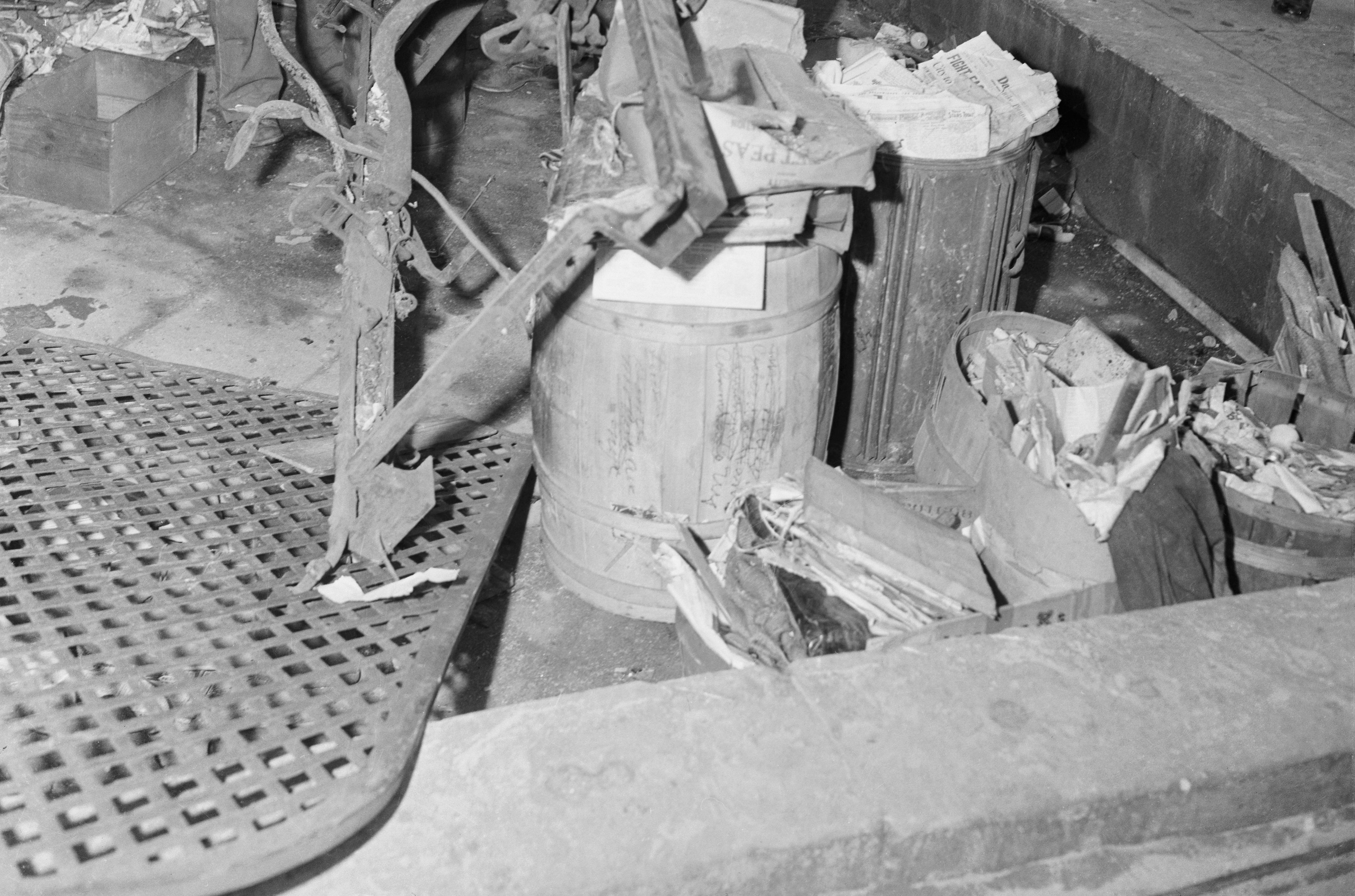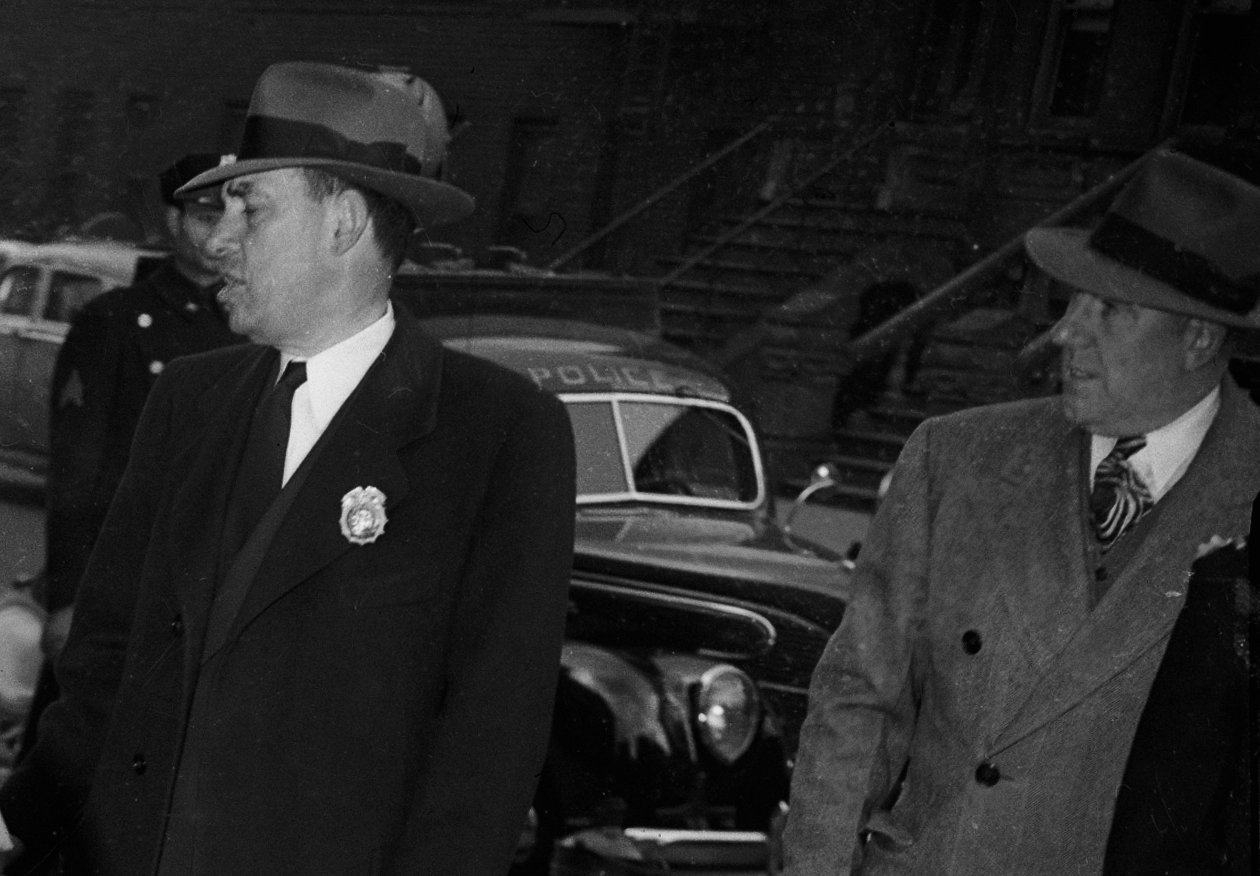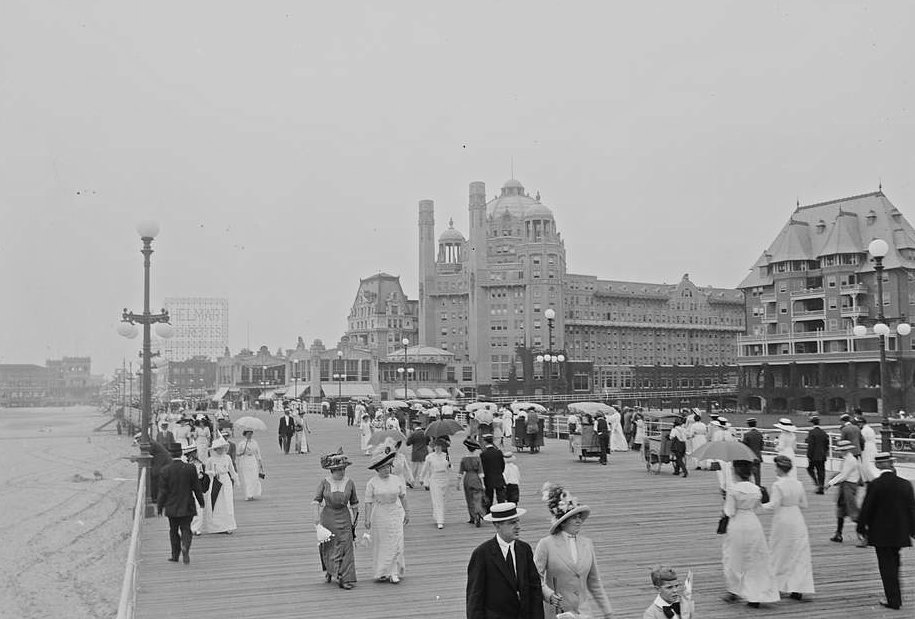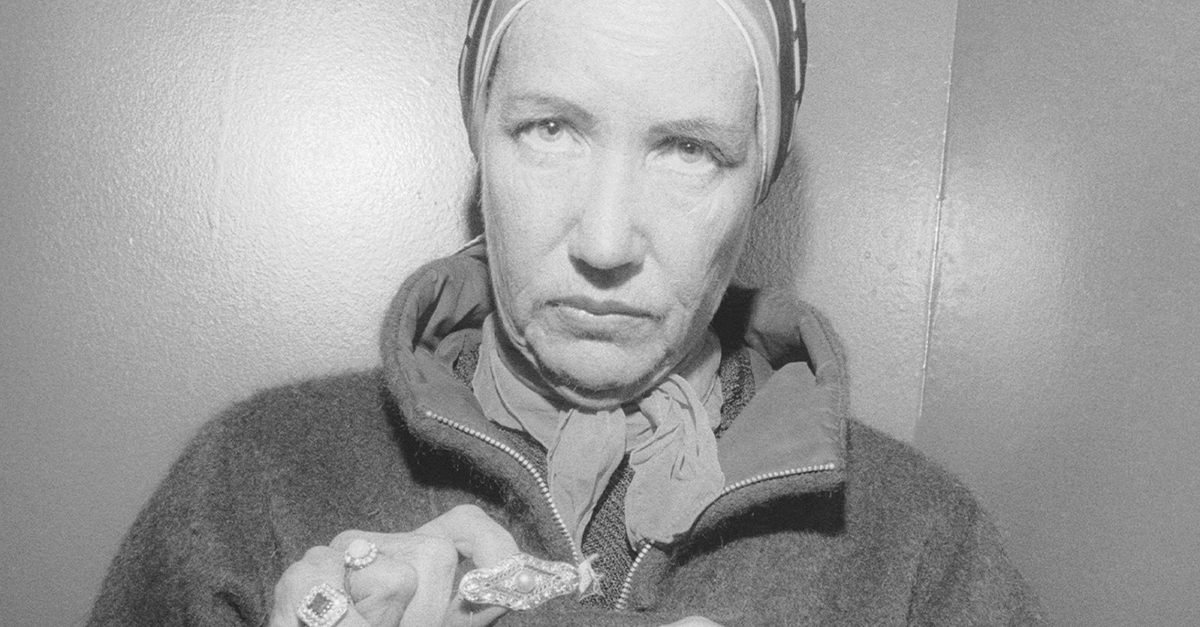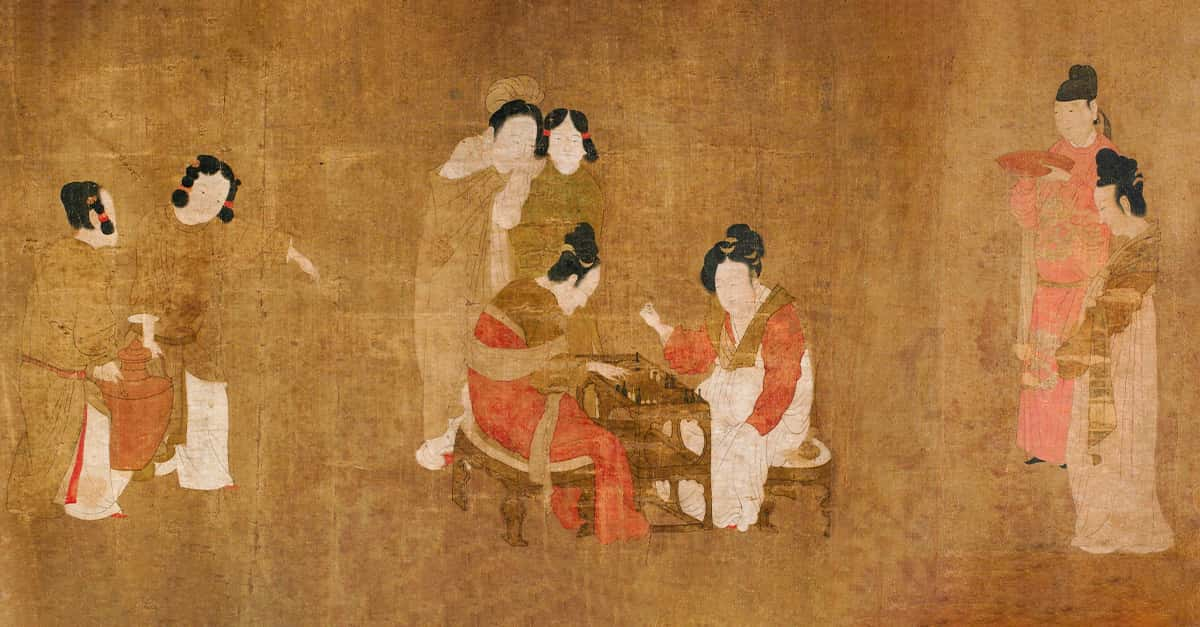Their Hoard Became Their Grave
Homer and Langley Collyer were a pair of brothers whose reclusive hoarder lifestyle made them something of a local New York attraction. Sadly, in a horrifying twist, their hoard became their grave.
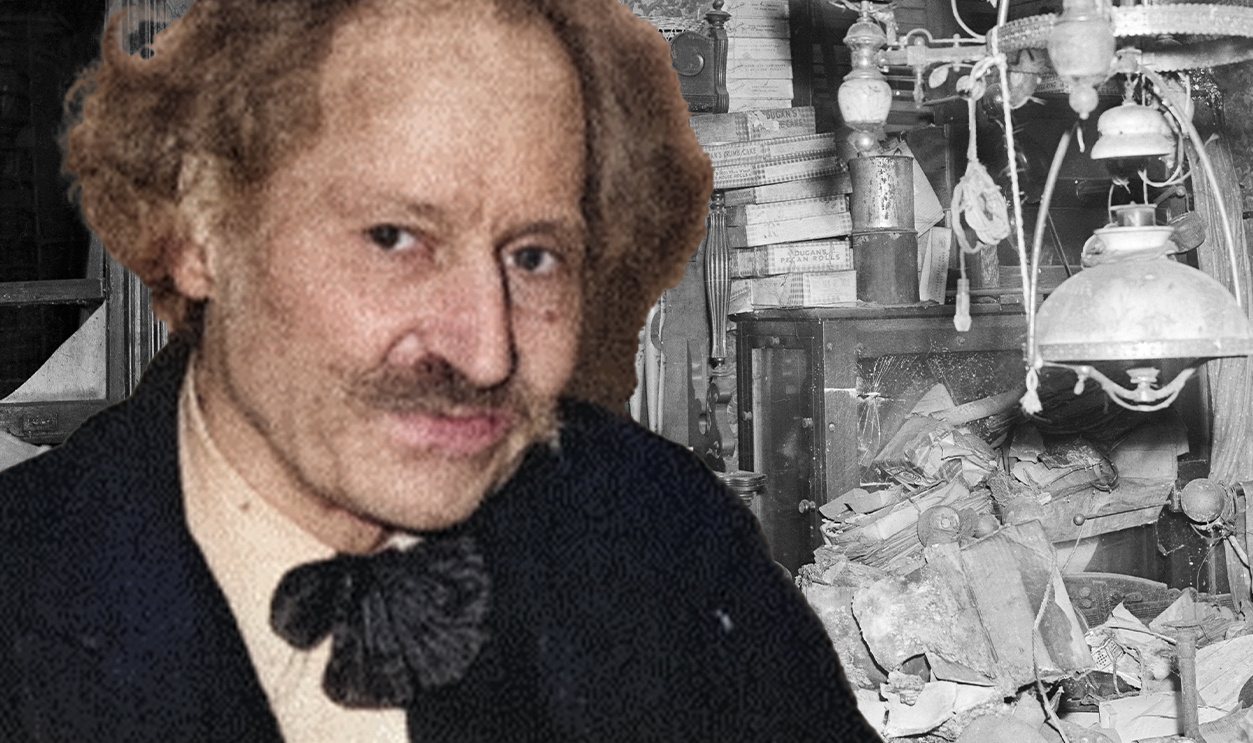
1. They Came From A Respectable Family
Despite their later infamy, the Collyer brothers actually came from a respectable family. Their father, Herman Livingston, was a Manhattan gynecologist, while their mother, Susie Gage Frost, was a retired opera singer. Homer, the older of the two brothers, was born in 1881, while Langley came later in 1885.
They even had famous ancestors.
2. They Were Related To American Royalty
The Collyer brothers traced their ancestry all the way back to the founding of America. Their parents—who also happened to be first cousins—were descended from the prominent Livingston family. Reportedly, the brothers were related to the Astors, Roosevelts, and even the Hamiltons.
They actually showed quite a bit of promise.
3. They Were Very Intelligent
Homer and Langley didn’t show any early signs that they would become infamous recluses. In fact, both brothers made it all the way to Columbia University where Homer focused on law and Langley excelled in engineering and chemistry. Turns out, they were both quite smart and gifted.
4. They Had Promising Careers
While Homer went on to practice law, Langley pursued a musical career. He became a successful concert pianist, even playing shows at Carnegie Hall, and eventually worked as a piano dealer. Additionally, he was an active member of the Trinity Church, a parish his ancestors had attended since the late 17th century. Then something drastic happened.
5. They Moved Into 2078 Fifth Avenue—And Never Moved Out
The address “2078 Fifth Avenue” would become infamous across New York City as a house of hoarders, filled with horrors. But, when the Collyer brothers first moved there in 1909 with their mother and father, it was an upscale four-story brownstone in the trendy Harlem area.
But, even then, the brownstone housed secrets.
6. Their Father Was A Bit Eccentric
Homer and Langley might have inherited their eccentric behavior. Their father, Dr Collyer, often traveled to his job at the City Hospital…via canoe. New Yorkers would frequently spot Dr Collyer, paddling down the East River in the morning, then walking back with his canoe in the evening.
The oddities in the family continued from there.
7. Their Parents Went Their Separate Ways
For unknown reasons, Herman and Susie Collyer separated sometime around 1919. While Herman moved to a new home, Susie stayed in the brownstone at 2078 Fifth Avenue with Homer and Langley. Seeing as though neither Homer nor Langley had a spouse, their parents were all the family they had. Until they didn’t even have that.
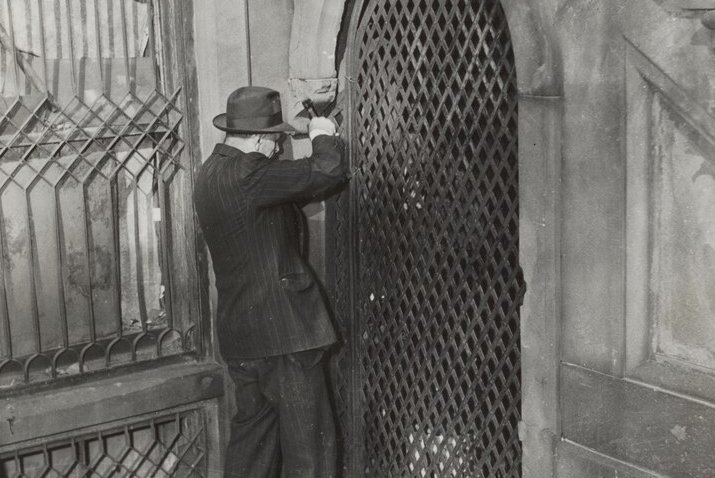 International News Photos, Wikimedia Commons
International News Photos, Wikimedia Commons
8. They Inherited A Bunch Of Stuff
The Collyer brothers’ obsessive hoarding behavior began around 1923 when their father passed on. They inherited all of his possessions (mostly items relating to his medical practice) and decided to move it all into their Harlem brownstone. Then things really went off the rails when their mother, Susie, passed on in 1929.

History's most fascinating stories and darkest secrets, delivered to your inbox daily.
9. They Seemed To Be Normal At First
After their mother passed, Homer and Langley inherited the brownstone house at 2078 Fifth Avenue. But, at first, nothing seemed to change. They both continued working and socializing as normal, leaving their house for appointments, work, and errands. They even continued teaching Sunday school.
A devastating medical emergency would change everything.
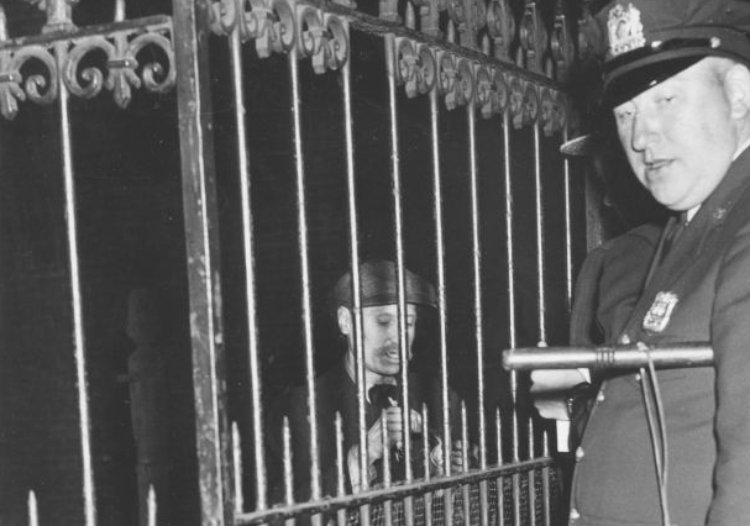 Weegee(Arthur Fellig), Getty Images
Weegee(Arthur Fellig), Getty Images
10. Homer Lost His Eyesight
1933 marked the turning point for Homer and Langley—one that would send them down a harrowing path directly to their graves. Homer had a stroke, which led to hemorrhages in his eyes. Tragically, this caused him to go blind. This devastating medical condition forced Langley to quit his job so that he could become his brother's caretaker.
Thus began their slow retreat from regular society.
11. They Watched Their Neighborhood Change Around Them
Shortly after Homer lost his sight, the Great Depression tore through the Collyer brothers’ Harlem neighborhood. From their brownstone, they watched, with increasing alarm, as their upper-class neighborhood began changing. They were fearful of the growing Black demographic, as well as the poverty trickling in.
It turns out that their new neighbors were watching them just as closely.
12. Their Neighbors Were Curious About Them
As the Collyer brothers retreated to the relative safety of their brownstone, rumors and speculation began to swirl around Harlem. The new Harlem residents whispered about the odd, reclusive brothers who lived at 2078 Fifth Avenue, often gathering outside the apartment in hopes of catching sight of them.
Then curiosity turned to hostility.
13. They Boarded Themselves In
As the brothers retreated further into their brownstone, their eccentric behavior became even odder—and the curiosity of their neighbors turned to hostility. A group of teenagers broke the windows of their once-safe brownstone by hurling rocks, forcing the Collyers to wire their doors shut and place boards on their windows.
Then things really took a turn for the worse.
14. They Might Have Had A Treasure Trove
With little information about the Collyer brothers to go on, their neighbors began to speculate wildly. One of the rumors circulating around Harlem was that the brothers had stashed away priceless heirlooms and valuables along with stacks of cash in their brownstone. The rumors led to repeated attempts at burglary.
The Collyer brothers responded the only way a pair of recluses could.
 International News Photos, Wikimedia Commons
International News Photos, Wikimedia Commons
15. They Set Up Traps In Their House
In response to the repeated burglary attempts, Langley put his engineering education to good use. Instead of appealing to the authorities as a well-adjusted person might, Langley set up a series of traps and trip wires in the house to crush any intruders under the weight of their collection of miscellaneous items.
By this time, they were in full hermit mode.
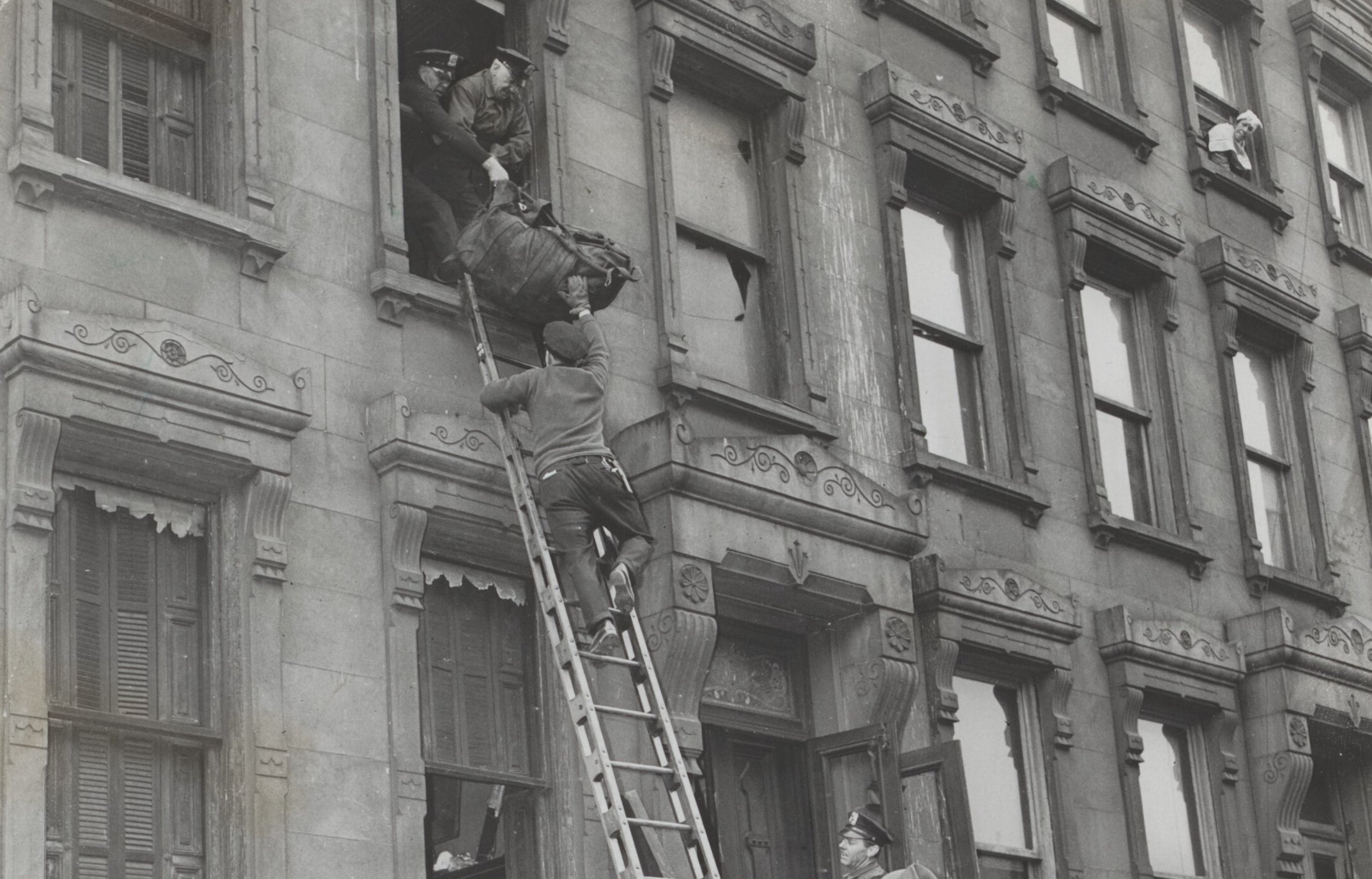 International News Photos, Wikimedia Commons
International News Photos, Wikimedia Commons
16. They Lived In A Labyrinth Of Junk
2078 Fifth Avenue was no longer the happy family home of the Collyers. Instead, as a result of their reclusiveness and hoarding, by the mid-1930s, it had turned into a labyrinth of junk. Langley and Homer navigated their way through the brownstone via a series of tunnels and lived in “nests” amongst their collections.
Some people, however, saw the treasure in their trash.
17. They Saved Stacks Of Old Newspapers
There might actually have been a good reason for the Collyer brothers’ reclusiveness and hoarding habits. Langley, at least, provided a reasonable explanation for hoarding newspapers, piled so high they reached the ceilings. “I am saving newspapers for Homer,” he claimed, “so that when he regains his sight he can catch up on the news”.
Turns out, they were the news.
18. They Supposedly Turned Down An Offer
Homer and Langley had become local Harlem legends. But a 1938 story in The New York Times turned them into a nationwide oddity. According to the Times, the brothers had rejected a massive $125,000 offer from a real estate agent for the sought-after Fifth Avenue brownstone.
The article seemed to offer a rare peek behind the proverbial curtains at 2078 Fifth Avenue—but instead, it spread shocking misinformation.
19. They Lived In “Splendor” With “Piles of Cash”
The Times story fueled the existing speculation about the opulence that the Collyer brothers allegedly lived in behind their boarded-up windows. The article claimed that Homer and Langley were living in “Orientalist splendor” and stashing “piles of cash” that they refused to deposit in a bank.
Of course, the rumors were not true. But one person was determined to get the truth.
 International News Photos, Wikimedia Commons
International News Photos, Wikimedia Commons
20. They Caught The Attention Of Someone Important
New York World-Telegram reporter, Helen Worden, read the Times article on the Collyer brothers and became determined to tell their story. Her interview with Langley would later form the basis for her book about the brothers. And what she learned about them was truly odd.
21. Langley Was Jealous Of Paderewski
Worden’s interview with Langley offered the outside world a rare (and somewhat uncomfortable) peek into the Collyer brothers’ cluttered minds. In the interview, Langley confessed to Worden that he stopped playing concert piano because “Paderewski followed me. He got better notices than I. What was the use of going on?”
Another one of his confessions explained much more.
 Unknown author, Wikimedia Commons
Unknown author, Wikimedia Commons
22. They Were Paranoid
Langley went on to explain his strange appearance to Worden, but only managed to highlight the state of paranoia that enveloped him and his brothers. He claimed that he dressed in shabby clothing as a form of self-defense. “They would rob me if I didn’t,” he explained.
The following year, the brothers would make headlines again.
23. They Didn’t Pay Their Gas Bill
Far from living in “Orientalist splendor," the Collyer brothers had been skipping out on their gas bill. When workers from the gas company showed up to their brownstone to remove the meters that the brothers had apparently turned off back in 1928, a headline-grabbing scene ensued.
24. They Caused A Scene
The workers from the gas company tried their best to gain entry to the brownstone, past the protestations from the brothers. Thousands of inquisitive outsiders showed up to watch the spectacle with local news reporters furiously jotting down the details. The incident was one of the rare occasions when Homer left the supposed safety of his home.
But what was really transpiring behind closed doors was the most shocking part of all.
25. They Tinkered With Trinkets
While it’s not clear how Homer, still blind from his hemorrhages, passed his time, the hoard of junk in the brownstone shed light on what Langley was up to. In his spare time, when he wasn’t tending to his brother, he worked on inventions and trinkets, even adapting a Model T Ford to generate electricity.
It actually sounded like a peaceful existence.
26. They Believed “Diet And Rest” Was All They Needed
Langley took his job of caring for his blind brother very seriously. He read to him, played piano sonatas for him, fed him, and even bathed him. In fact, Langley believed that, with “diet and rest," he could cure Homer’s blindness. It was an…interesting theory.
 International News Photos, Wikimedia Commons
International News Photos, Wikimedia Commons
27. Homer Ate A Lot Of Oranges
Langley’s “curative” diet for Homer was not something that your average physician would prescribe. Instead, it sounded more like something a cartoon character might eat. Langley fed Homer “one hundred oranges a week, black bread, and peanut butter”. Even stranger than the diet was the grocery shopping process.
 International News Photos, Wikimedia Commons
International News Photos, Wikimedia Commons
28. They Were Freegans
As the years rolled by, Langley made fewer and fewer public appearances. Eventually, he resolved to only go out after midnight. During that time, he would travel long distances just to get his hands on some food, often collecting scraps from the garbage and taking produce from grocers and butchers that they intended to discard.
Not surprisingly, their freegan diet wasn’t exactly the cure Langley thought it would be.
29. They Did Not Trust Doctors
Far from curing his brother, Langley’s diet seemed to worsen Homer’s condition. In addition to his blindness, Homer's “inflammatory rheumatism” effectively paralyzed him. Nevertheless, both brothers refused to seek professional medical care as they believed doctors would only make Homer’s condition worse.
They might have had a point.
30. They Read Thousands Of Books On Medicine
Homer and Langley weren’t your average reclusive hoarders. They had some medical knowledge. As Langley once said to a reporter, “You must remember that we are the sons of a doctor. We have a medical library of 15,000 books in the house. We decided we would not call in any doctors. You see, we knew too much about medicine”.
But clearly nothing about property maintenance.
31. They Were Totally Disconnected
The Collyer brothers’ once happy home at 2078 Fifth Avenue turned into a lean-to over time. By 1938, the brownstone was in desperate need of repairs with the ceiling and walls beginning to crumble. To make matters even worse, their negligent attitude toward bills led to the disconnection of electricity, water, and gas.
32. They Lived In A Hovel
Homer and Langley didn’t seem to mind the fact that their brownstone had turned into a hovel. Langley used a tiny kerosene heater to keep the apartment warm enough. He retrieved water from a nearby park and only maintained a connection with the outside world via a homemade radio.
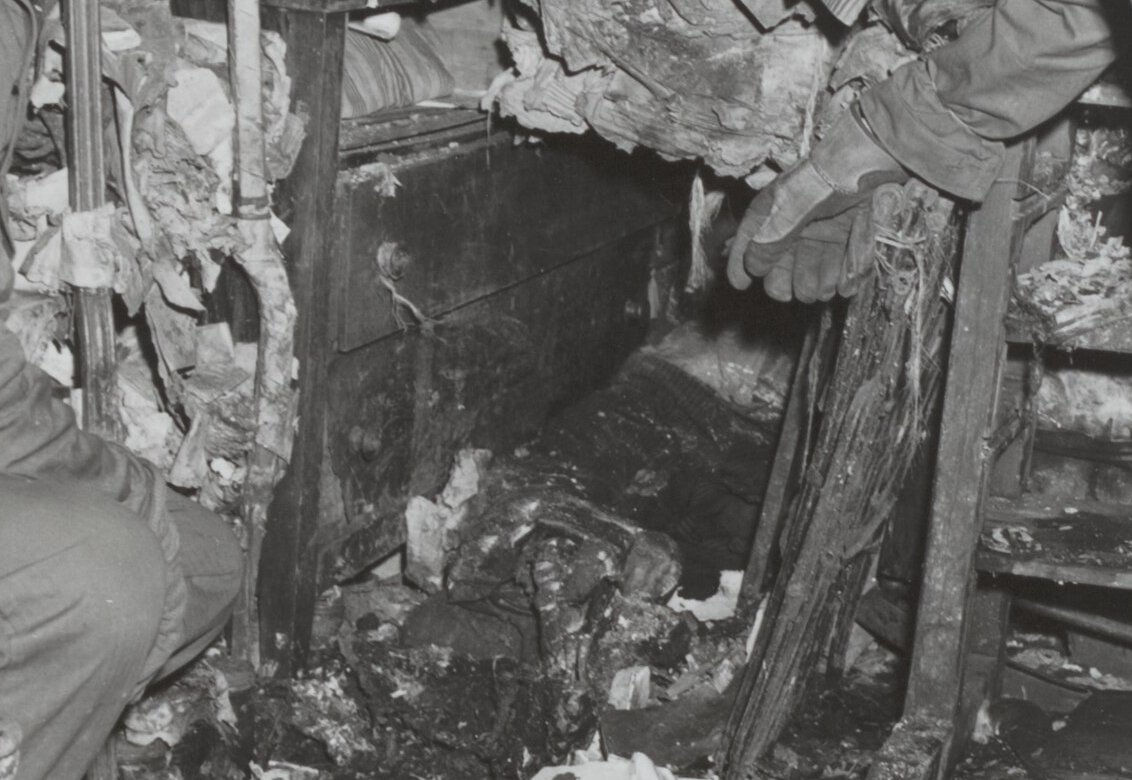 International News Photos, Wikimedia Commons
International News Photos, Wikimedia Commons
33. Their Neighbors Thought They Were A Little "Crazy"
Despite their eccentricities—or, perhaps, because of them—the Collyers had actually become quite popular with their neighbors. They described Langley as a seemingly pleasant man with good manners, but noted that he was “crazy”. Likewise, a reporter described Langley as “soft-spoken” and “polite,” with “a liking for privacy”.
34. Langley Looked Disheveled
When he did appear in public, Langley cut a striking figure. He appeared perennially unkempt. His clothes were more like rags, barely hanging on by way of pinning. Two of his strongest identifying features were his boating cap and long, rather sad-looking, mustache. Homer, on the other hand, almost never appeared in public after becoming blind.
And they went to extreme lengths to keep Homer hidden.
35. They Bought A Neighboring Property—In Cash
Langley caught some of his Harlem neighbors attempting to sneak glimpses through his windows. In response, he purchased the neighboring property for $7,500—in cash. Clearly, Langley was willing to sacrifice a lot to keep prying eyes away from his brother. Even if it risked their safety.
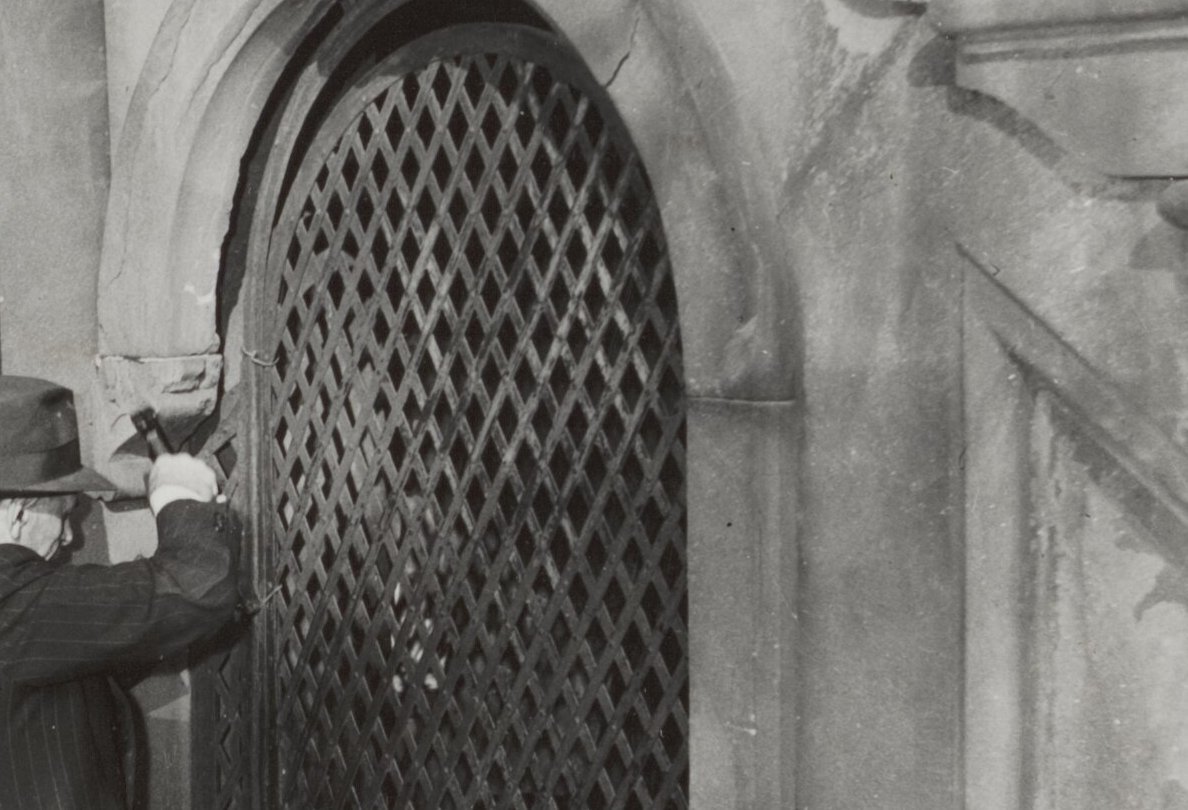 International News Photos, Wikimedia Commons
International News Photos, Wikimedia Commons
36. They Refused Help From Firemen
In 1941, a fire broke out in the Collyer brothers’ home. But, when the firemen showed up to save them, they were surprised at Langley’s reaction. Not only did the younger Collyer brother deny the firemen entry, but he also wouldn't allow them to see his brother at all. Clearly, things had gone far enough.
37. They Faced Imminent Eviction
By late 1942, it seemed like everyone had had enough of the reclusive brothers—including their bank. After years of failing to pay their mortgage, the Bowery Savings Bank initiated the process of evicting the brothers and sent a crew to clear the brownstone. Obviously, that didn’t go over well with Langley.
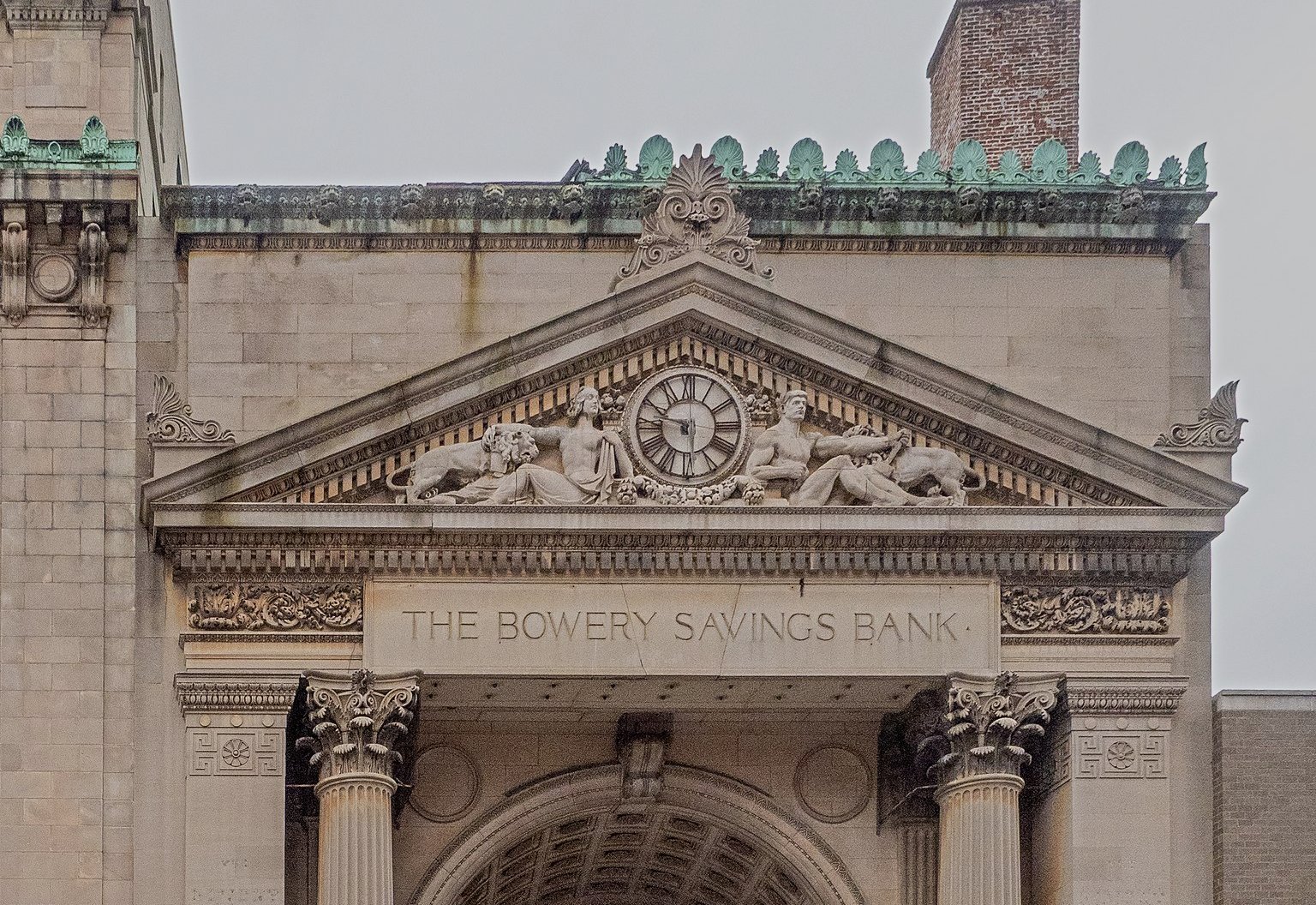 ajay_suresh, CC BY 2.0, Wikimedia Commons
ajay_suresh, CC BY 2.0, Wikimedia Commons
38. They Barricaded Themselves In
When the cleanup crew arrived at 2078 Fifth Avenue, Langley exploded on them. The argument was so heated that neighbors had to call the authorities. When officers arrived on scene, they tried to break down the front door only to find that, behind it, was a solid wall of junk that reached all the way to the ceiling.
What was in the junk, however, was even more shocking.
39. They Paid Off Their Mortgage With One Check
When the officers finally managed to push their way through the junk, they discovered a stoic-looking Langley standing in a small, debris-free section of the floor. Langley didn't even utter a single word—all he did was cut a check for a staggering $6,700 (nearly $125,000 today) to settle the mortgage he owed…in full. After that, he almost never appeared in public again.
From there, things got really bad.
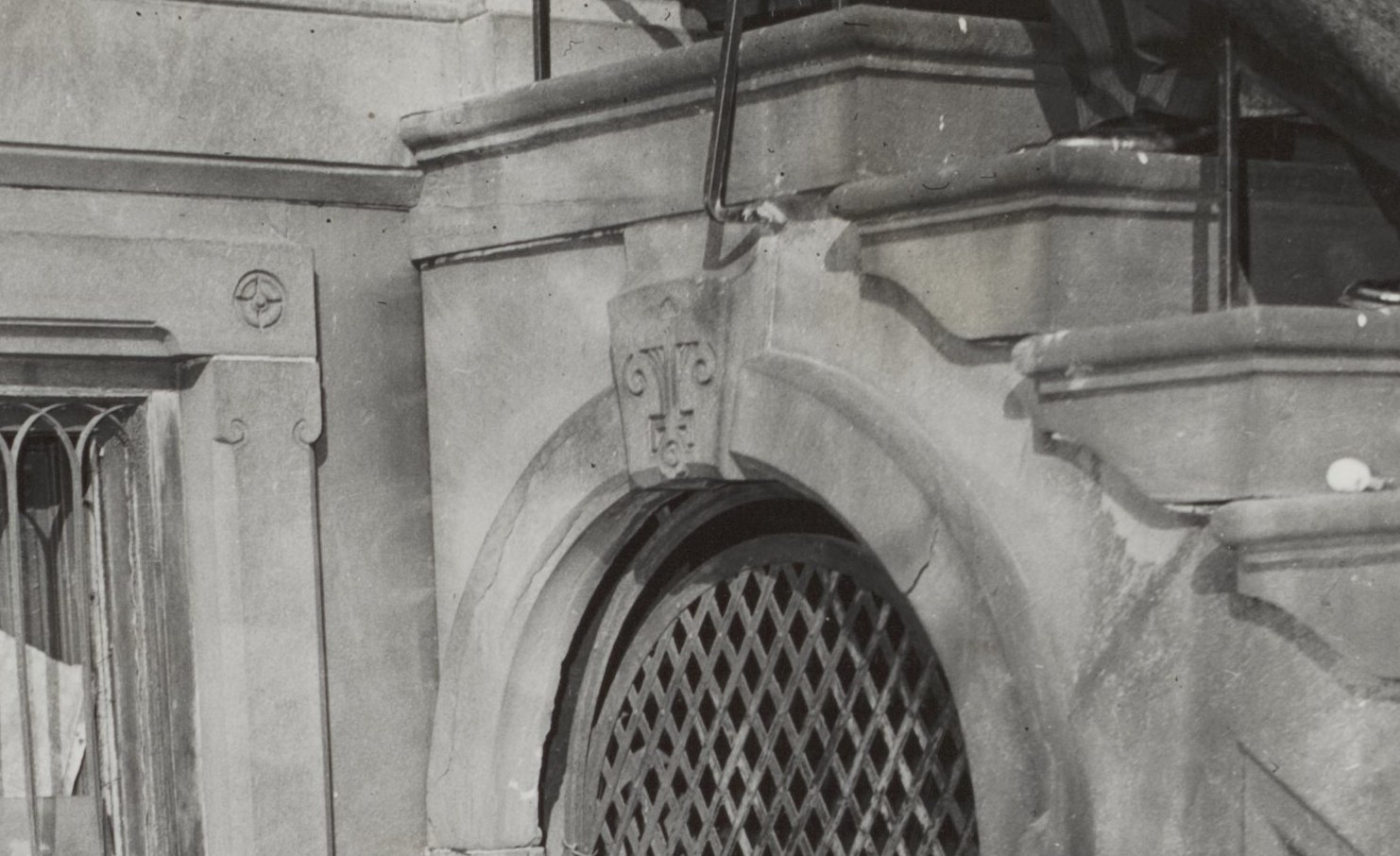 International News Photos, Wikimedia Commons
International News Photos, Wikimedia Commons
40. Their Brownstone Began To Smell
In early 1947, officers received an anonymous tip from a “Charles Smith” that there was a rotting corpse in 2078 Fifth Avenue. The caller said that the brownstone exuded an odor of decomposing flesh. Given the frequent calls about the Collyer brothers, they only sent one patrol officer.
They would need many more.
 International News Photos, Wikimedia Commons
International News Photos, Wikimedia Commons
41. They Had Gone Quiet—Too Quiet
When the officer arrived at the Collyer brothers' brownstone, he had no way of getting inside to perform a wellness check. The Collyers had long since removed the doorbell and disconnected their telephone. Even the windows all had iron bars. There was also something peculiar about the eerie silence.
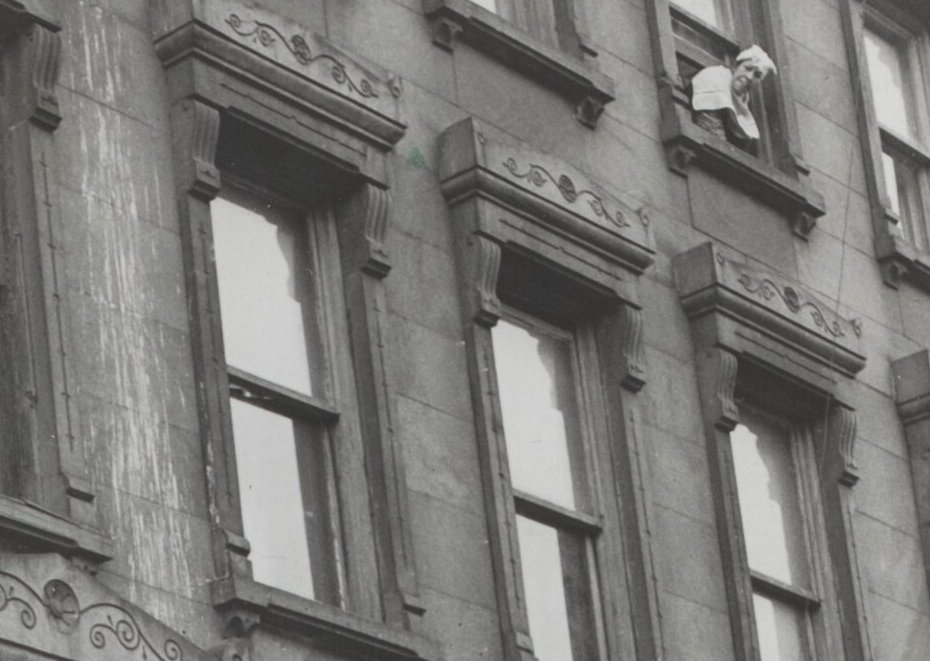 International News Photos, Wikimedia Commons
International News Photos, Wikimedia Commons
42. They Had All Kinds Of Junk
Eventually, more officers arrived at the brownstone and forced their way in, hurling the Collyer brothers’ junk into the street so they could proceed. Slowly, with stacks of old newspapers, boxes, umbrellas, and a consortium of other miscellaneous items emptying out onto the streets, a crowd began to gather.
Sadly, they’d only find a tragic scene.
43. Homer Was Gone
Five hours of rummaging through the Collyer brothers’ hoard finally brought officers to a small alcove—and then the apparent source of the horrid stench. There, officers discovered the lifeless body of Homer Collyer in a little nook, nestled among the many newspapers and boxes. His appearance terrified them.
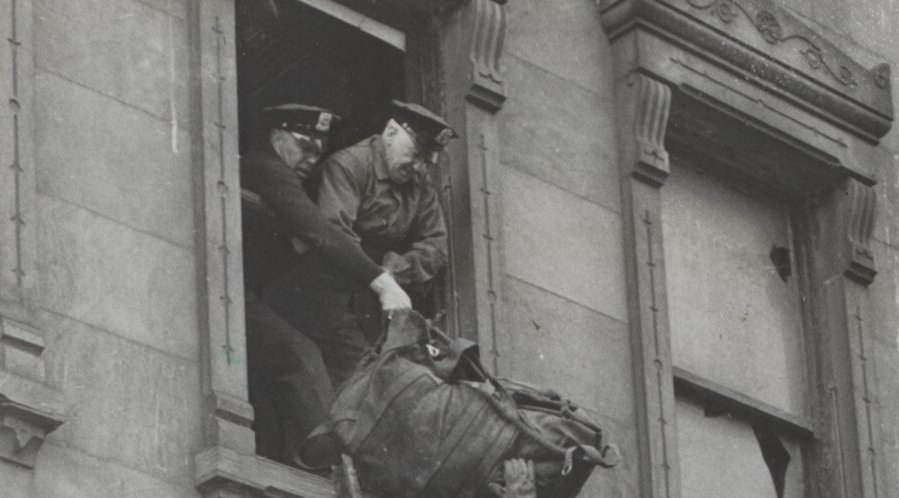 International News Photos, Wikimedia Commons
International News Photos, Wikimedia Commons
44. Homer’s Appearance Was Terrifying
Langley had always been fiercely protective of his brother, refusing to allow anyone to see him. So, when the officers laid eyes on Homer’s body, his appearance shocked them to their cores. The bathrobe he wore was disheveled and falling apart. His hair was another matter—long and grey, having grown down to his shoulders. In other words, he looked neglected—and he was.
45. Homer Succumbed To Starvation
Once the officers cleared the scene and removed Homer’s body, it became apparent that he had been suffering for a while. The medical examiner attributed Homer’s demise to heart disease and starvation. Tragically, he estimated that Homer had only passed on 10 hours before officers found him.
What was more shocking, however, was what the officers didn’t find.
46. Langley Didn’t Attend His Brother’s Funeral
Authorities could find just about anything in the Collyer brothers’ hoard. Anything, that is, except for the other Collyer brother. After discovering Homer, officers were unable to locate Langley. At first, they believed that he may have been the anonymous tipster. But, when he failed to appear at Homer’s funeral on April 1, they knew something wasn’t right.
47. Langley Sparked A Manhunt
Even more mysterious than Homer’s demise was Langley’s disappearance. Just as speculation had swirled around the brothers before, people began to whisper that Langley was in the wind. Some believed that he was headed for Atlantic City, sparking a manhunt that encompassed nine states.
He was a lot closer than anyone knew.
48. They Kept…Odd Things
With Homer having sadly expired and Langley nowhere to be found, officers took the opportunity to clear the brothers’ brownstone. Some of the more noteworthy items they found included over 25,000 books, eight cats, an assortment of musical instruments that included fourteen pianos, and perhaps most shockingly—pickled human organs.
All of that paled in comparison to what they found next.
49. Langley Had Been Home All Along
Thousands of people gathered to watch as cleanup crews opened the doors at 2078 Fifth Avenue and threw out the trash. But nothing could have prepared anyone for what they found in a tunnel, alongside old bed springs and furniture: the decomposing, rat-eaten body of Langley Collyer.
Turns out, his remains were the real source of the awful stench.
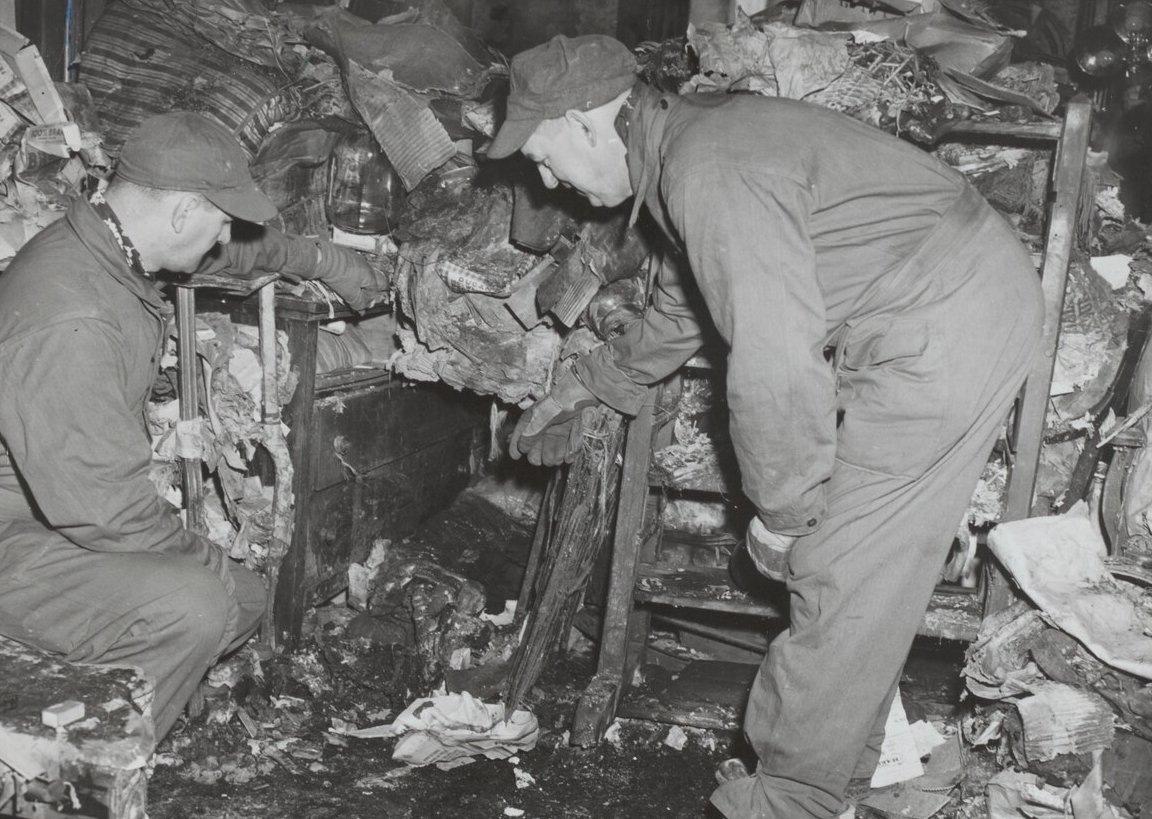 International News Photos, Wikimedia Commons
International News Photos, Wikimedia Commons
50. Langley Triggered His Own Trap
Though Langley's disappearance had sparked a multi-state manhunt, cleanup crews discovered his lifeless body just 10 feet away from where officers had stumbled upon Homer’s body. But the tragic discovery had a tinge of irony to it. Officers suspected that Langley had accidentally triggered one of his traps and asphyxiated himself.
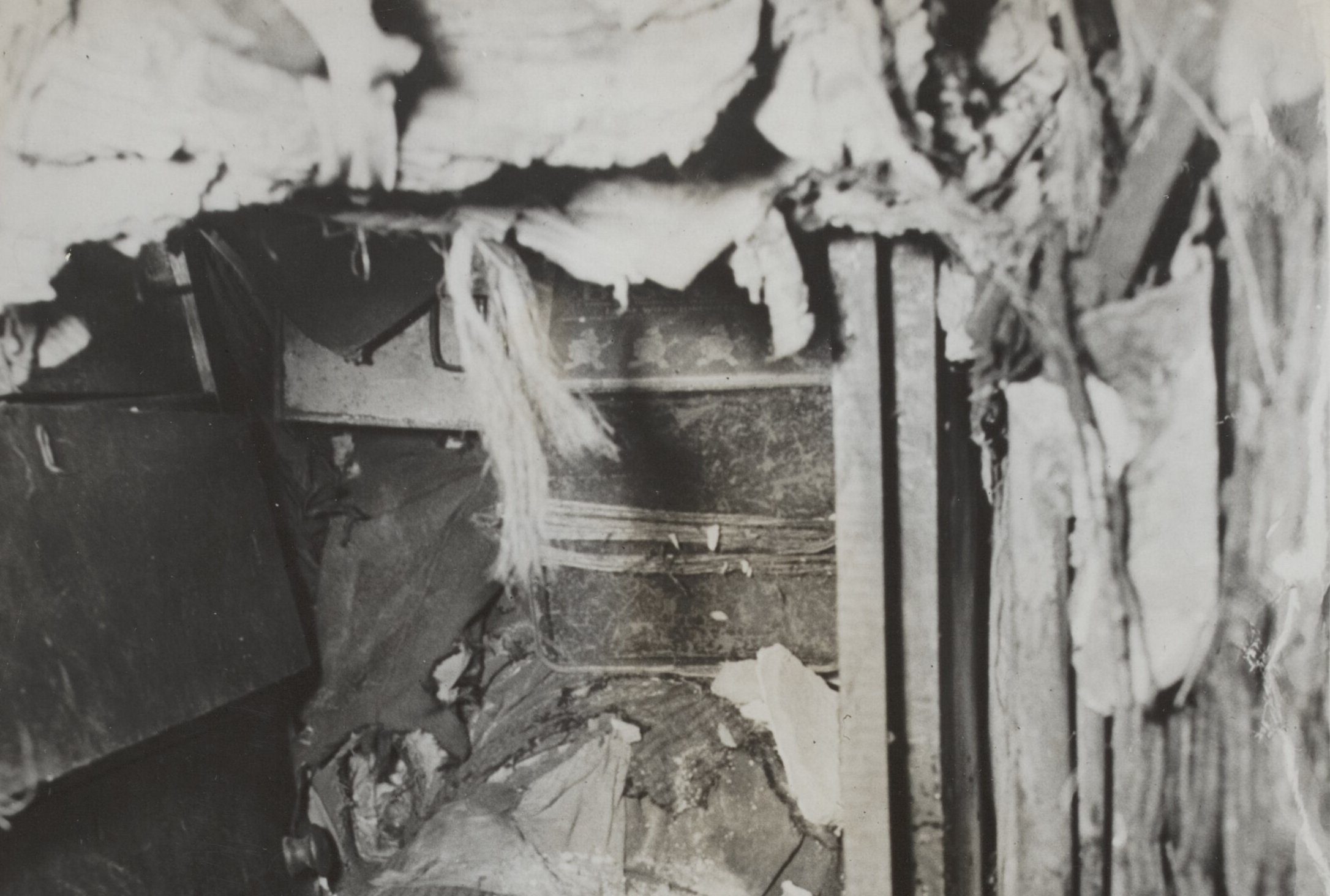 International News Photos, Wikimedia Commons
International News Photos, Wikimedia Commons
51. They Just Wanted To Be Left Alone
The downfall of the Collyer brothers marked the end of their family’s illustrious history, and they were buried in unmarked graves next to their parents. Some years later, the city considered the brownstone at 2078 Fifth Avenue to be “unsafe” and had it demolished. In an ironic kind of way, it was the ending that the Collyer brothers had always wanted.
After all, when questioned why he and his brother had decided to become recluses, Langley had a simple comeback: “We don’t want to be bothered”.
You May Also Like:
The Tragic Real-Life Inspiration Behind “Grey Gardens”
Barbara Payton Paid The Price For Her Scandalous Life
The Extraordinary Life Of History’s Doomed Robin Hood
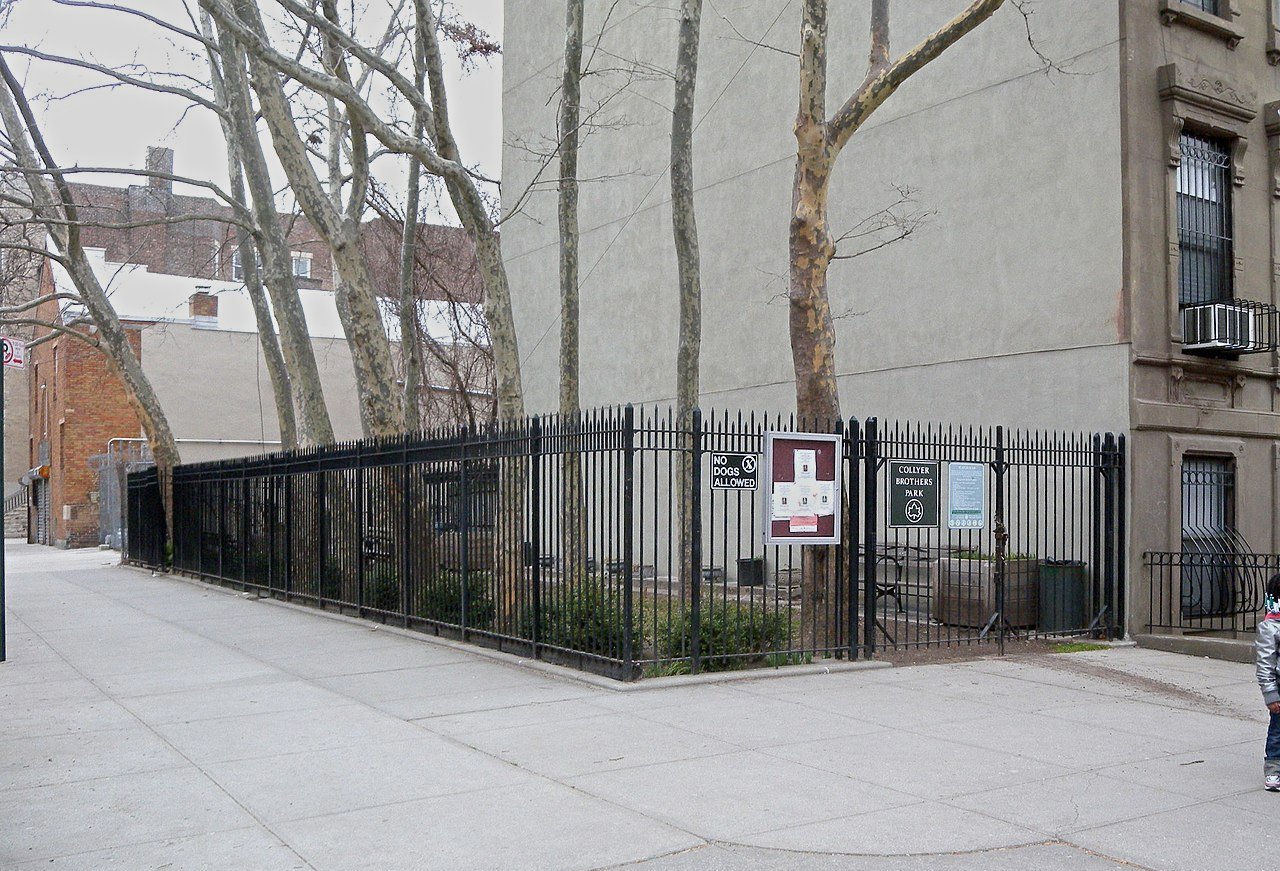 Jim.henderson, Wikimedia Commons
Jim.henderson, Wikimedia Commons

